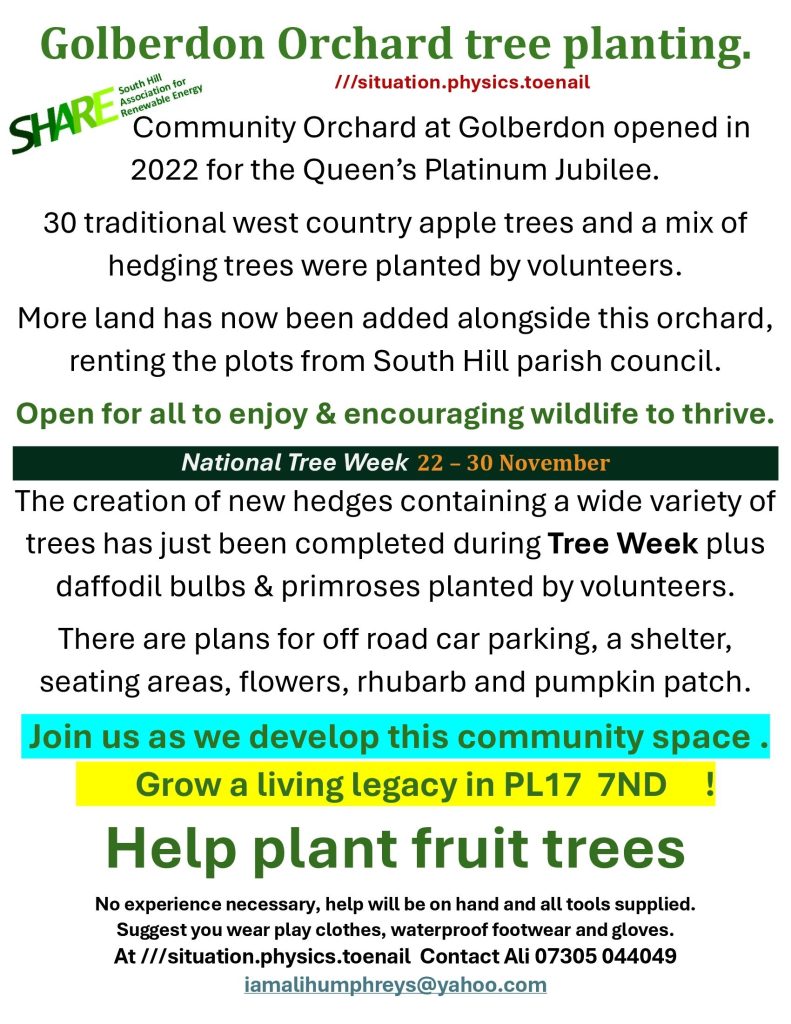


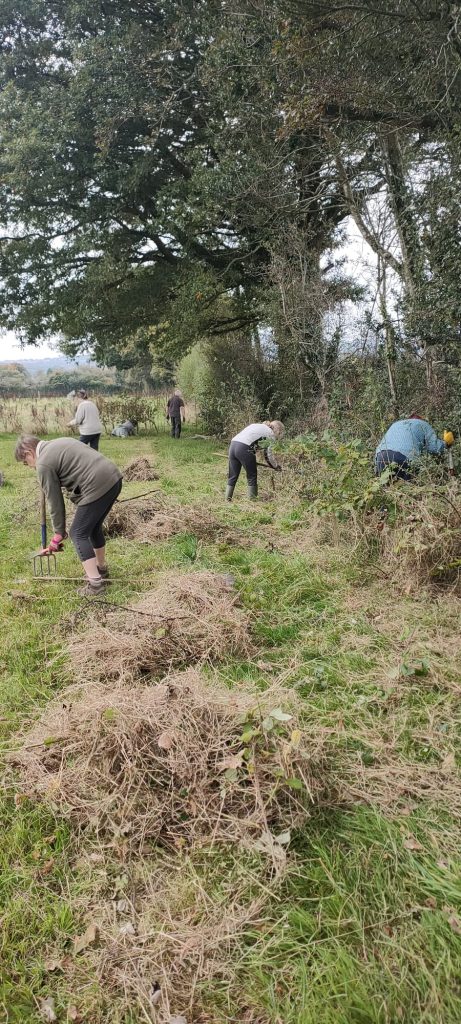
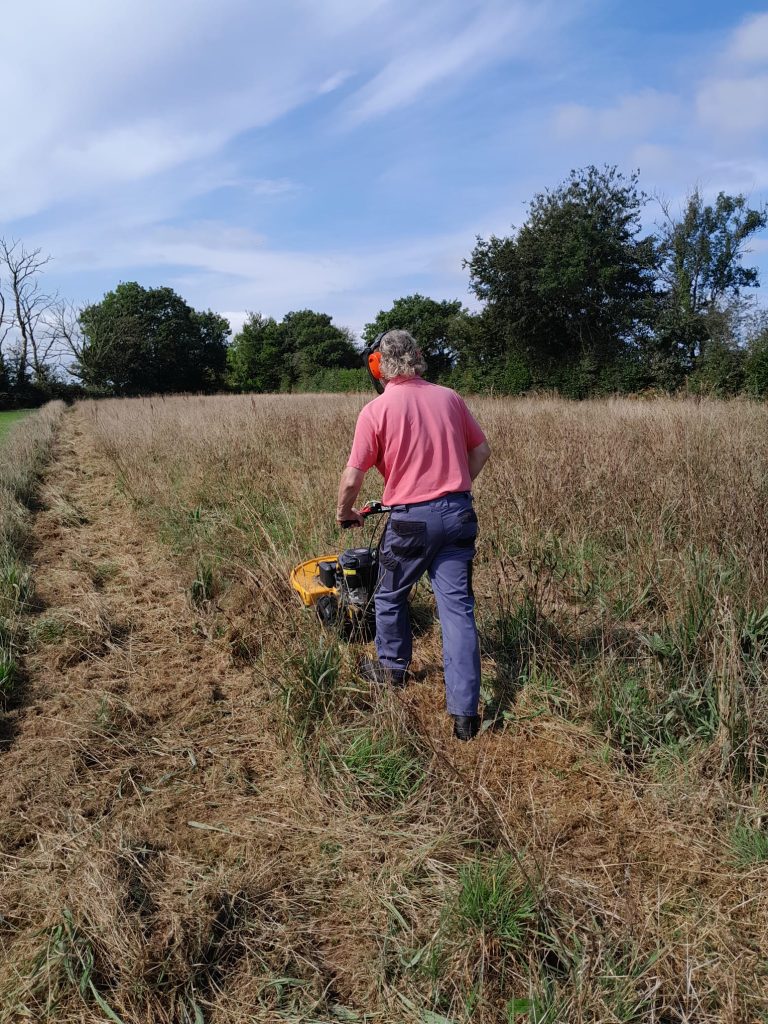
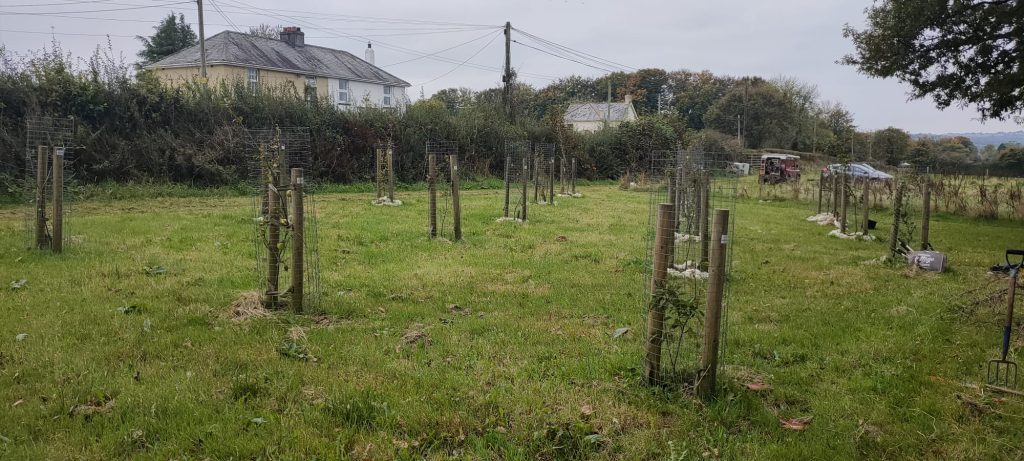
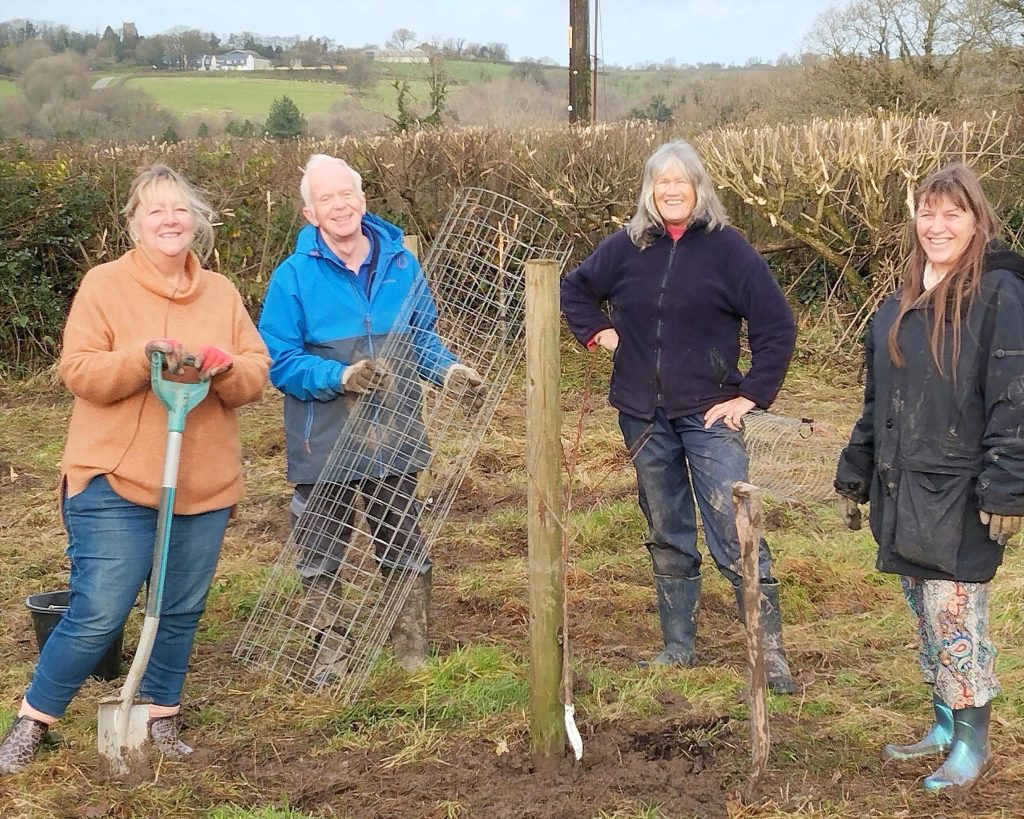







Its been a busy year for SHARE. TAKE A LOOK at what’s be happening.
We need extra help with running the group. We could do so much more then. Otherwise we’ll just tick along and miss many opportunities.
Email SHARE@south-hill.co.uk or speak to David, Mel or Astrid
Take notes at monthly committee meetings. In person or Facetime.
Arrange visits to places of interest to the group.
Update the SHARE web page to be more engaging and less clunky.
Directors to help shape the groups future, ideally individuals with fresh ideas, leadership, organisational & management skills.
Ideas for future projects and Project manager to bring to fruition.
Liaison to improve connections with local communities by attending meetings and events.
Book keeper and a Financial Director. We may well have to pay for these services.
Show August 16th
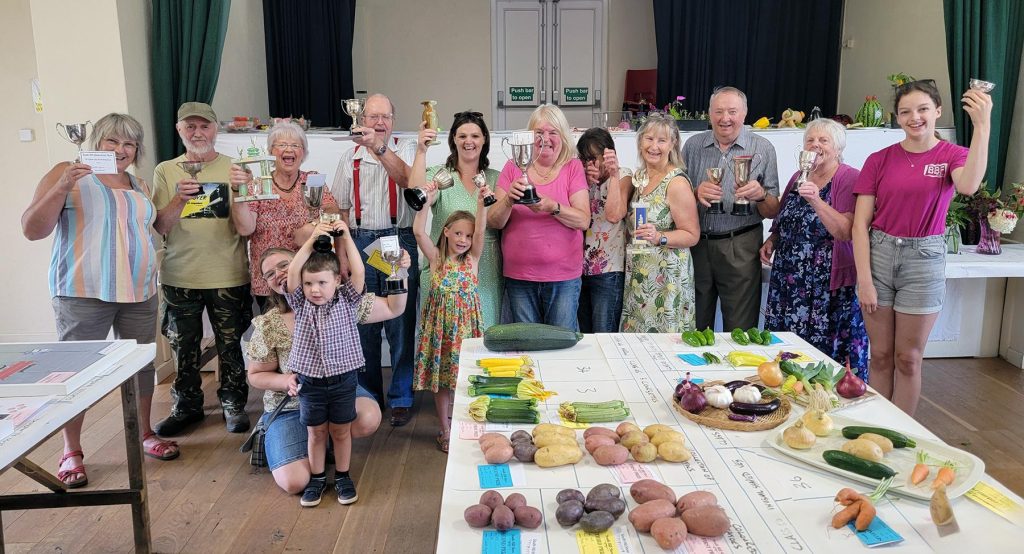
Prize Winners.
Entries need to be in on August 11th at the hall from 6:30 – 7:30pm or before
Continue readingSouth Hill Horticultural Show August 16th 2025 … SHARE are sponsoring some children’s classes, so any 15’s or under take a look and maybe win the prize money. !!
The SHARE classes are:

2 walks in 2 days. STARTING outside the church in ST BREWARD, we headed down to St James Holy well, and the RED TREES installation, which just opened on May 18th 2025 www.thewildcircle.co.uk/redash .
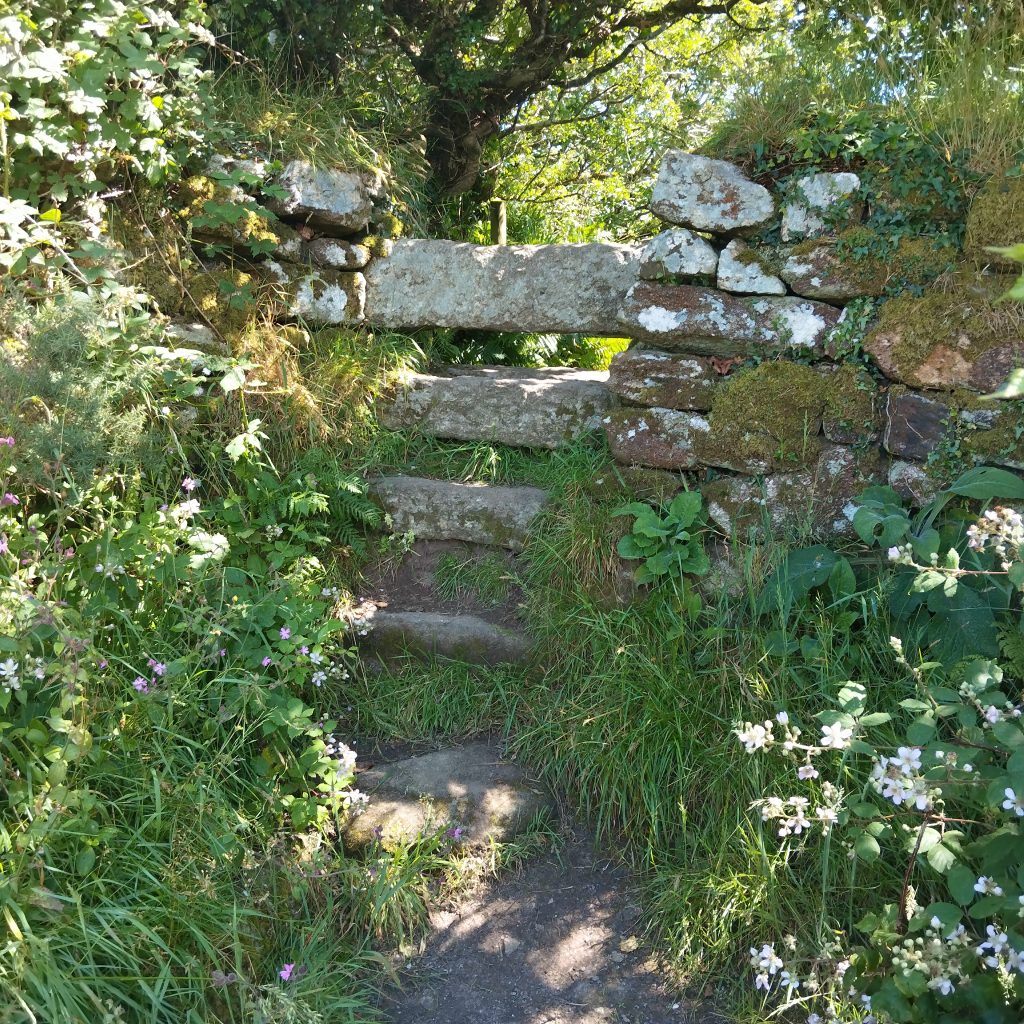
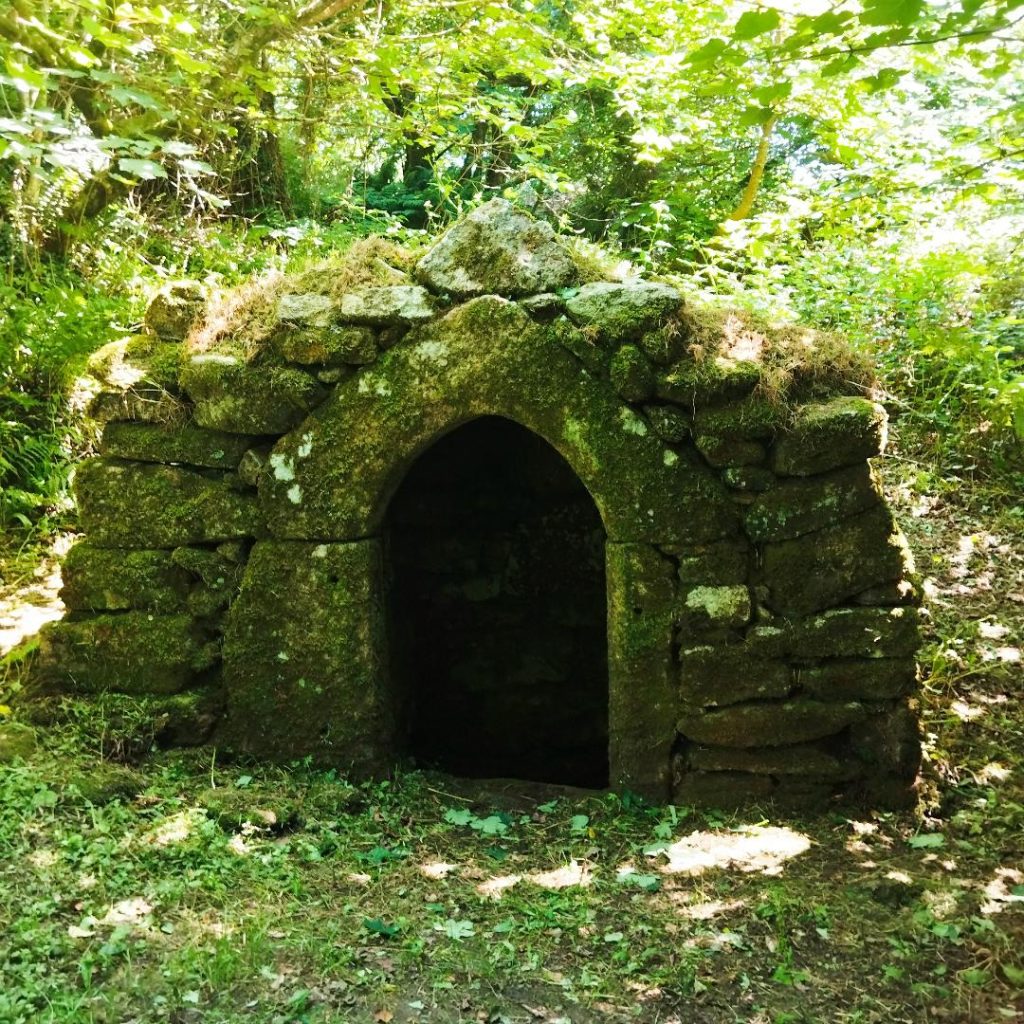
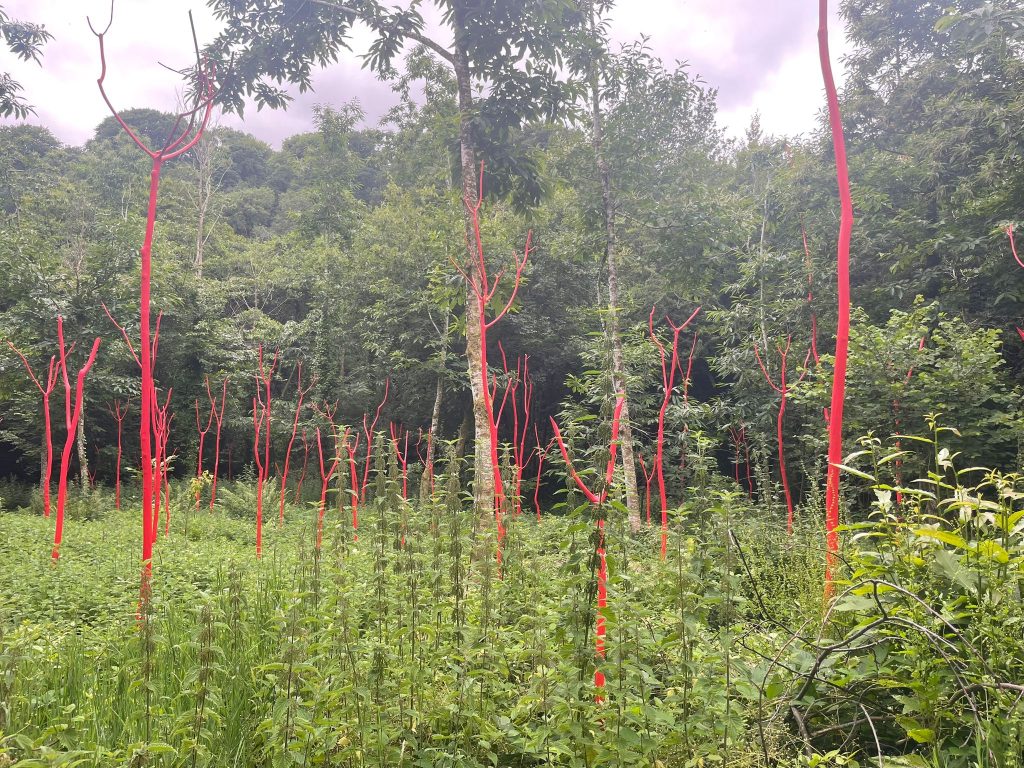
Through the farm at Coombe Mill, with deer, pigmy goats, chickens, pigs. We split our paths here. ONE group headed up then down into DE LANK quarry and up through a jungle of overgrown head height bracken, the other also went down past the quarry turbine house and up coming out at Pendrift… both arrived at Jubilee rock.
Granite from the De Lank Quarry was used for The Eddystone LightHouse 1882, the Beachy Head Lighthouse 1900 and Tower Bridge 1890. Dring this time the quarry was very prosperous and employed nearly 100 local men and women. During the WW1 the majority of the work came from making grave stones and street curbs. After WW2 cheap concrete was used for building purposes and work again slackened, despite this De Lank granite was used to construct the Karl Marx memorial 1956, the Magna Carta memorial at Runneymede 1957, a granite statue of Lord Baden-Powell 1958 and Granite from the quarry was used to build the Tamar Road Bridge. In the 60’s the quarry work flourished again and by the 1980’s up to 2500 tonnes of finished stone per year was being produced and shipped world-wide. The Hydro turbines went live in 2011, originally drills and saws were powered by compressed air now 680 litres per second generates electricity, between 300 – 400 megawatt hours per year using the original pipeline.
Jubilee Rock a 10′ by 25′ granite, is listed as a Grade II monument. In 1810. Lieutenant John Rogers to celebrate King George III’s Golden Jubilee carved this giant rock. He also engraved the coats of arms of Falmouth, Morshead, and Molesworth. Since then, the rock has been spruced up a couple of times and added, Queen Victoria’s Golden Jubilee in 1887 and Queen Elizabeth II’s in 2012. Read some interesting facts here > https://cornishbirdblog.com/jubilee-rock-bodmin-moor/
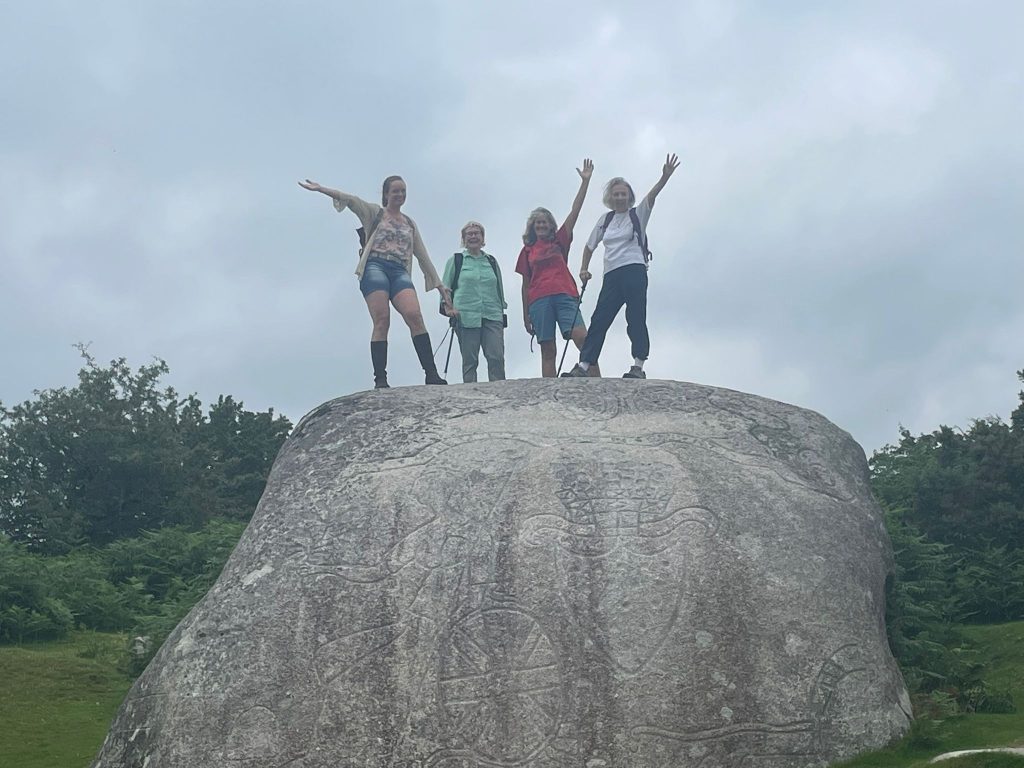
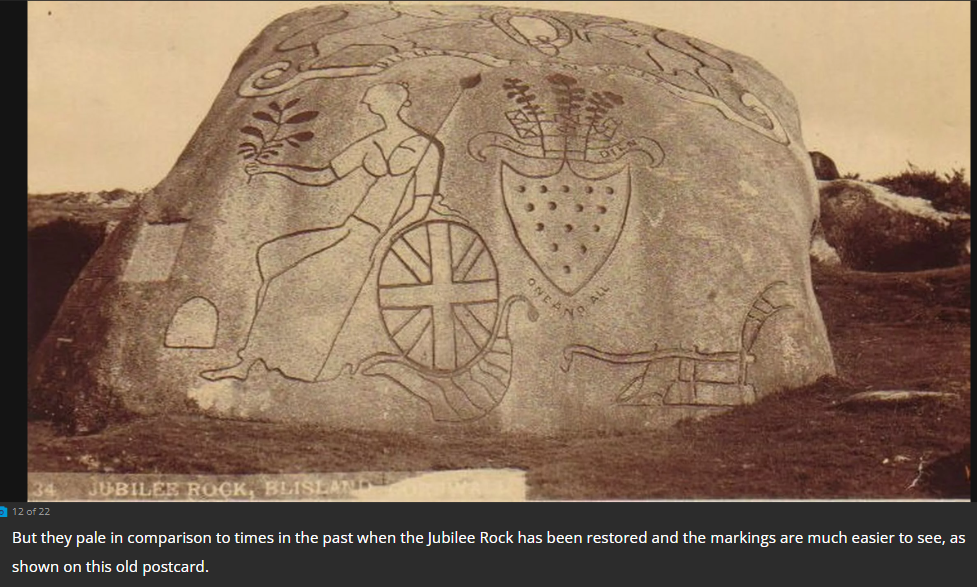
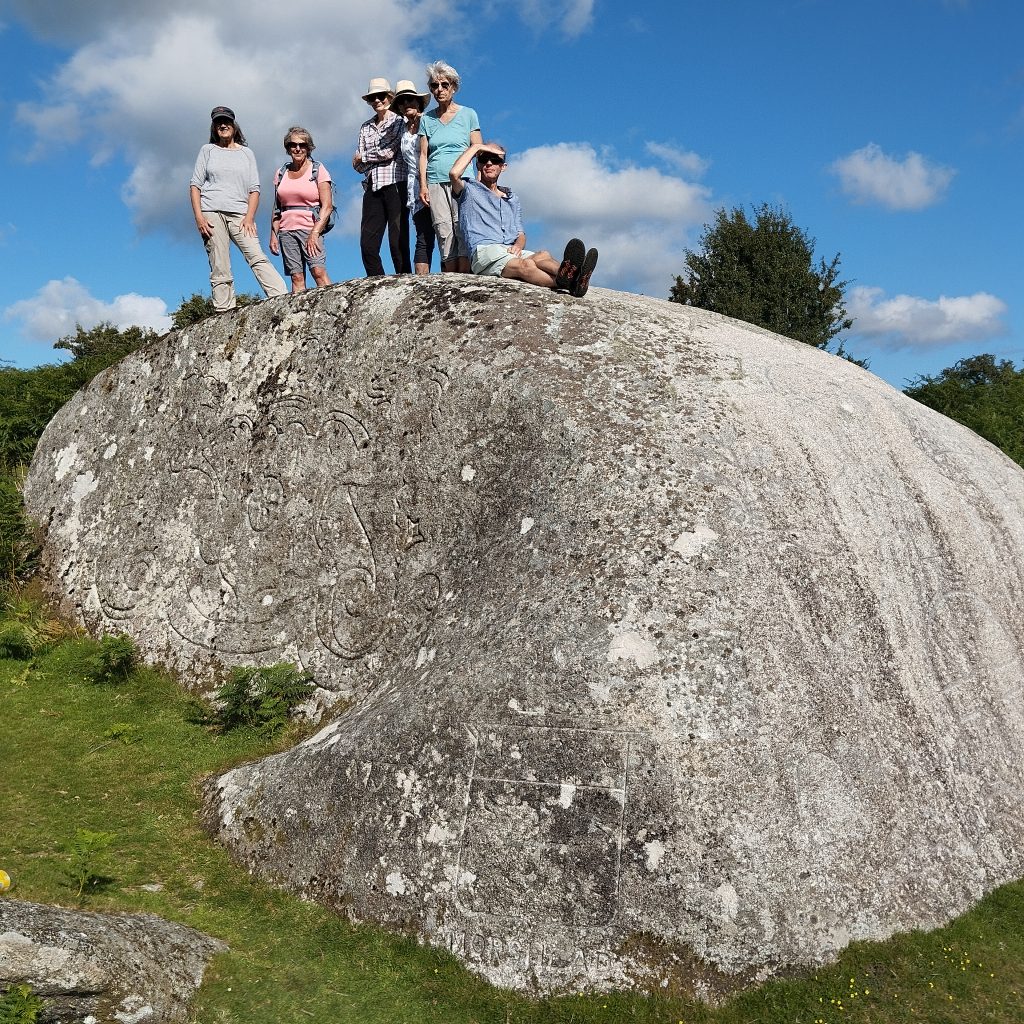
From here the routes took us to Delphi bridge and back to the church and pub next door. Thank you Bill for letting us make some noise on the bells and going up the tower.
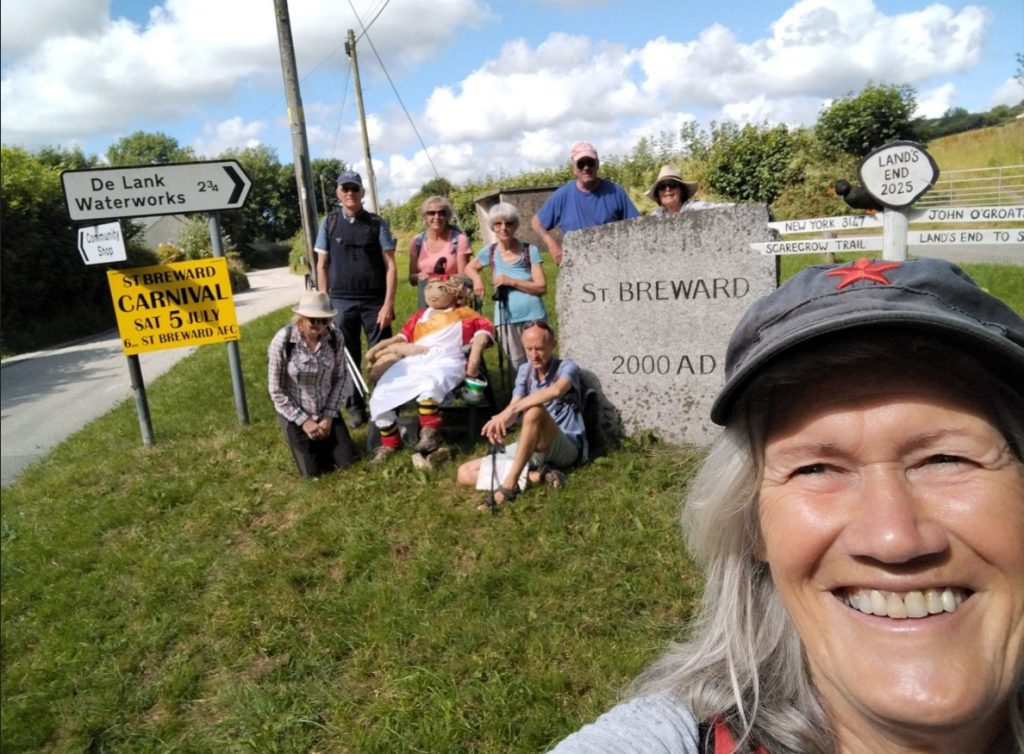
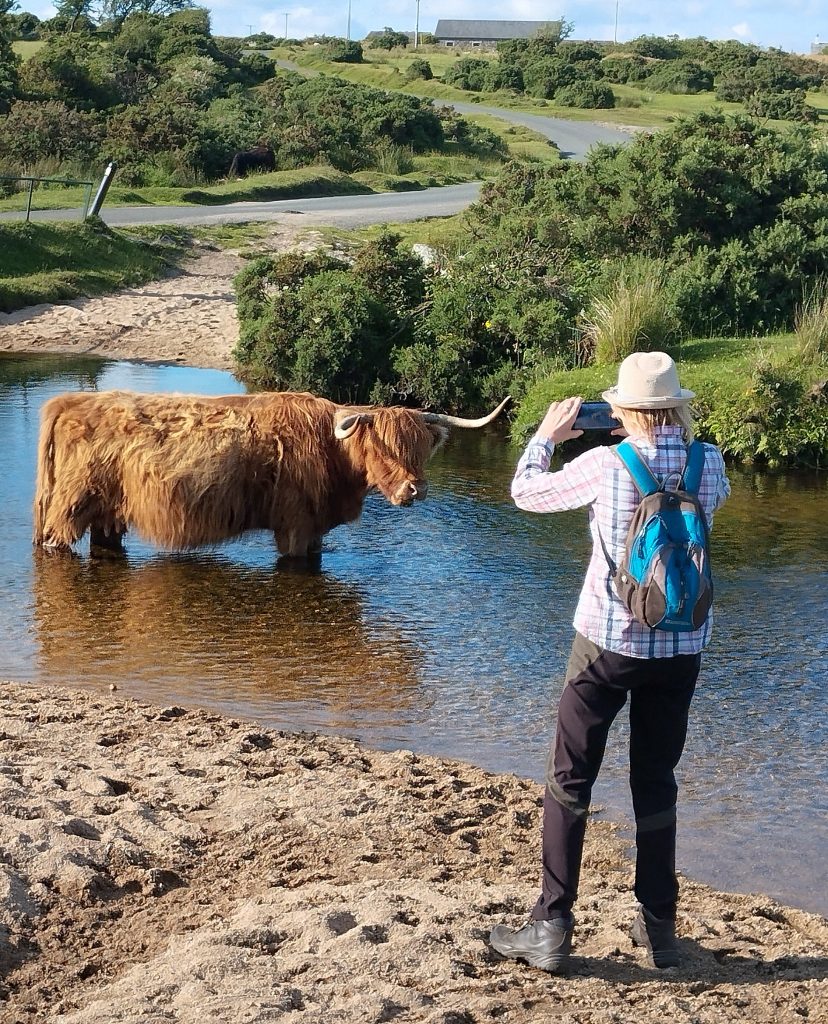
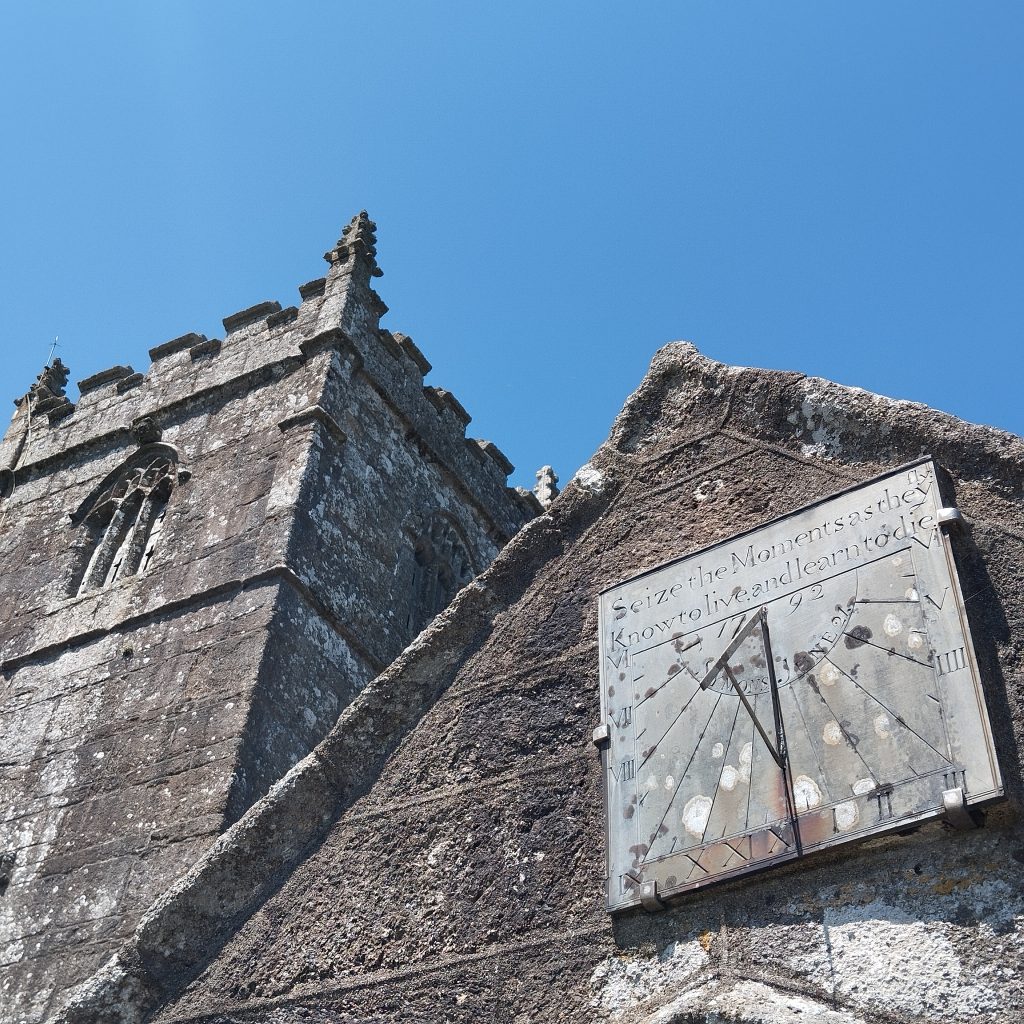
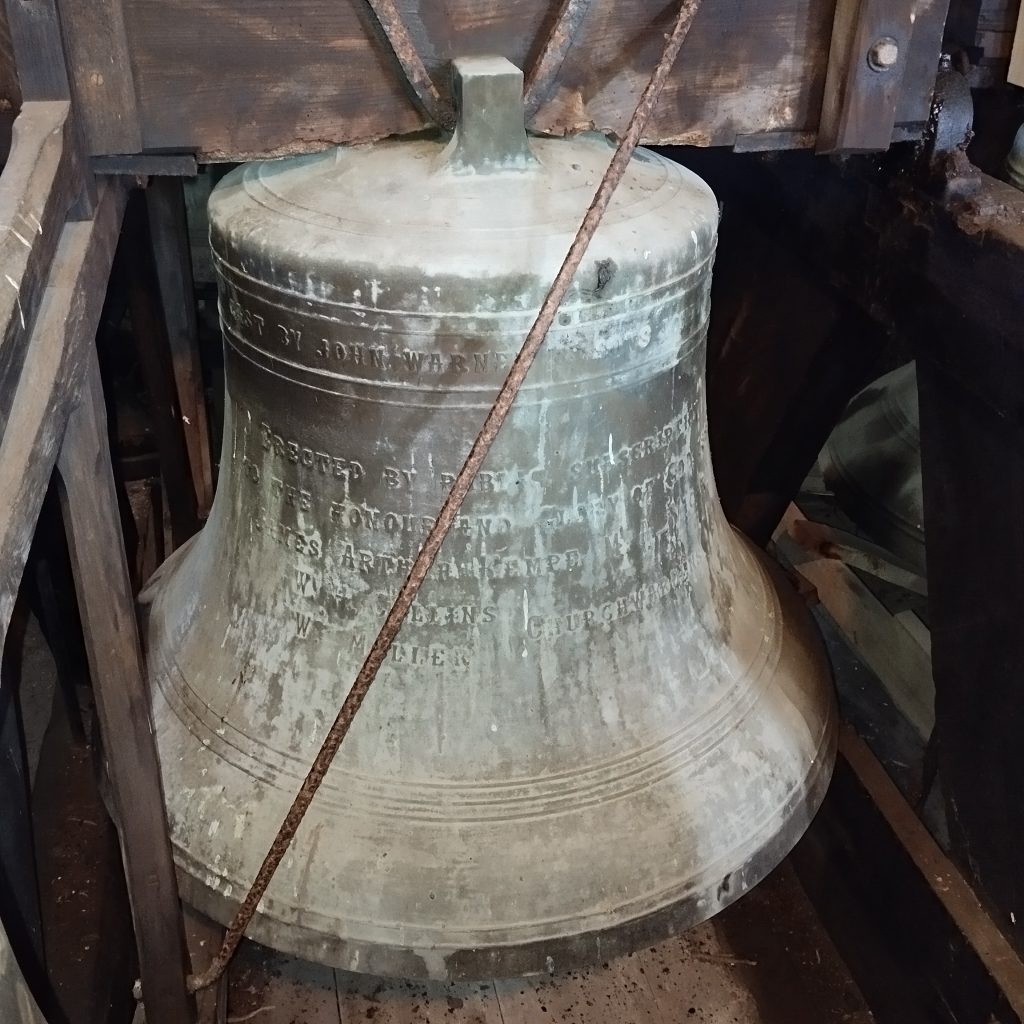
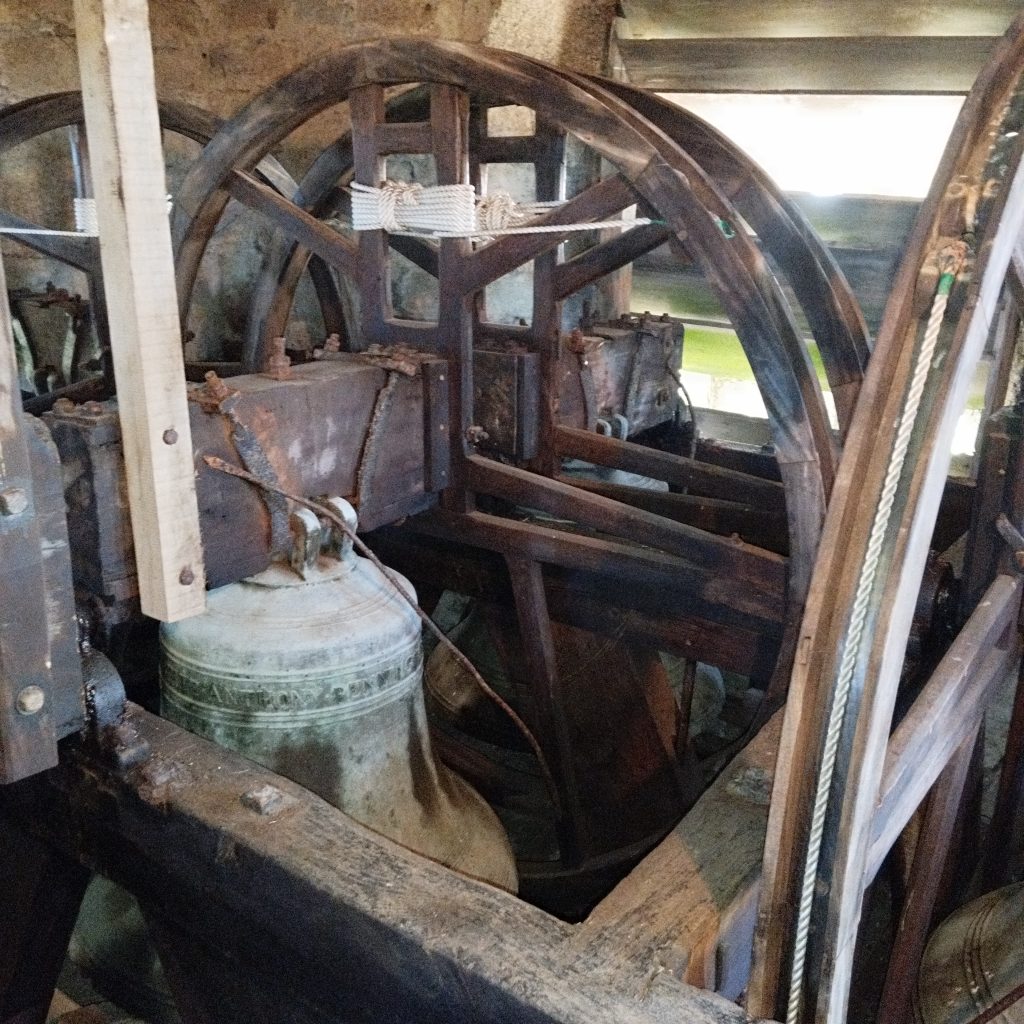
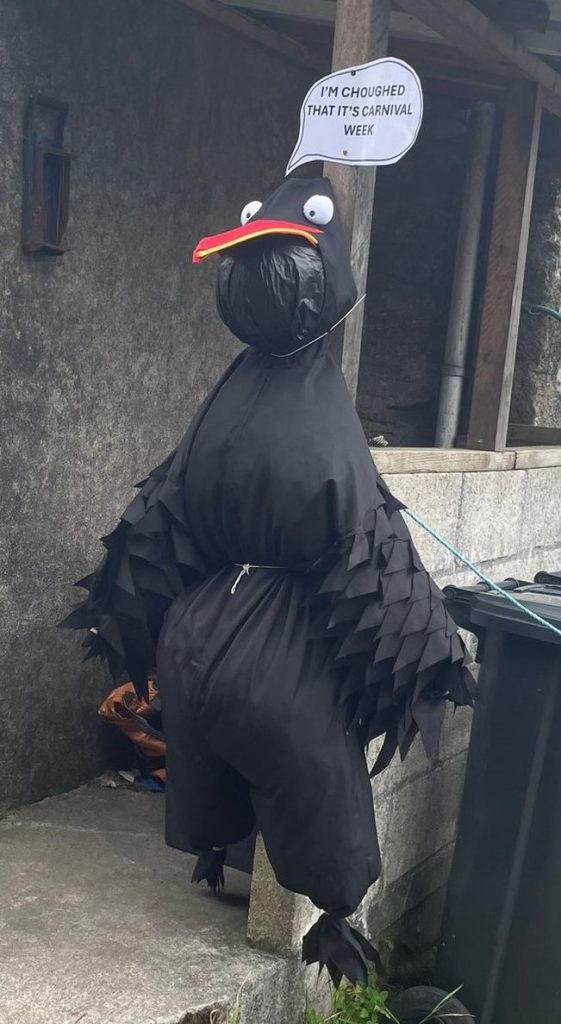
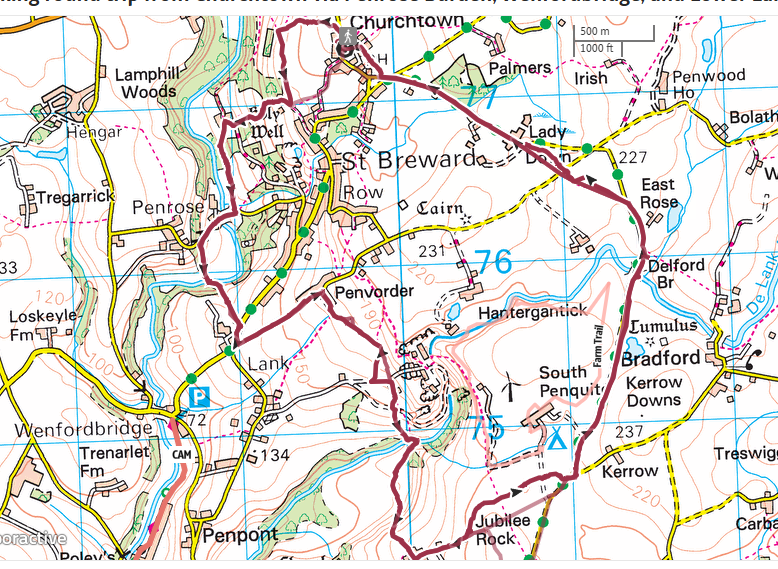
Anaerobic Digester visit – 24th June 2025
SHARE members and friends were well impressed by the latest technology and innovation now installed at the Cheese Farm at Upton Cross. Ben Stansfield owner of Cornish Cheese Co and Eoin Sharkey, founder and CEO of BioFactory, who designed the installation gave our group a full tour and answers all our questions. We are so grateful for this opportunity and insight into the future, this system being the 1st in Cornwall and only the 2nd in the country… exciting times for both companies.
Eoin told us how he was originally looking at tackling the sanitation problems in refugee camps abroad, but because of Covid restrictions, meant they couldn’t travel to install the IBC system he turned his attention to farm slurry on a scale that is affordable and ideal for dairy farms with around 100 – 200 cows, the modular system is easily replicated for larger herds.
By processing cow slurry by AD, the resulting enriched material is spread on the fields, plus the system captures biogas, used to power a 15kW generator, the heat generated helps the AD and heat and hot water are used directly in the Cheese factory, all helping to reduce costs.
POWER FROM POO. 4/5 cubic metres of slurry can be converted into 260 kilowatt-hours of electricity and 450 kWh of heat per day. The AD takes just a few days to process the contents of the tank housed in the shipping container, now it is set up, it never needs to stop unless it runs out of slurry. The system can be controlled remotely with an app on your phone!
Ben explained their journey to a sustainable future to date and goals to net-zero emissions. Future plans to cover the slurry pit and divert waste from the cheese processing through the AD were very much in the pipe line and not a pipe dream.
Local to Knowle Farm, Upton Cross, check out their shop for fresh milk, pate, chutneys and cheeses of course…. Bring CASH !
FOLLOW ON FB > https://www.facebook.com/cornishcheese
Read their story here > Cheese Company Our Story ..and https://biofactory.energy/
If you’d like to join us on future visits and support our renewable energy group, you can be a SHARE member for £1 as an Associate Member or £2 for a Full Member. EMail SHARE@south-hill.co.uk







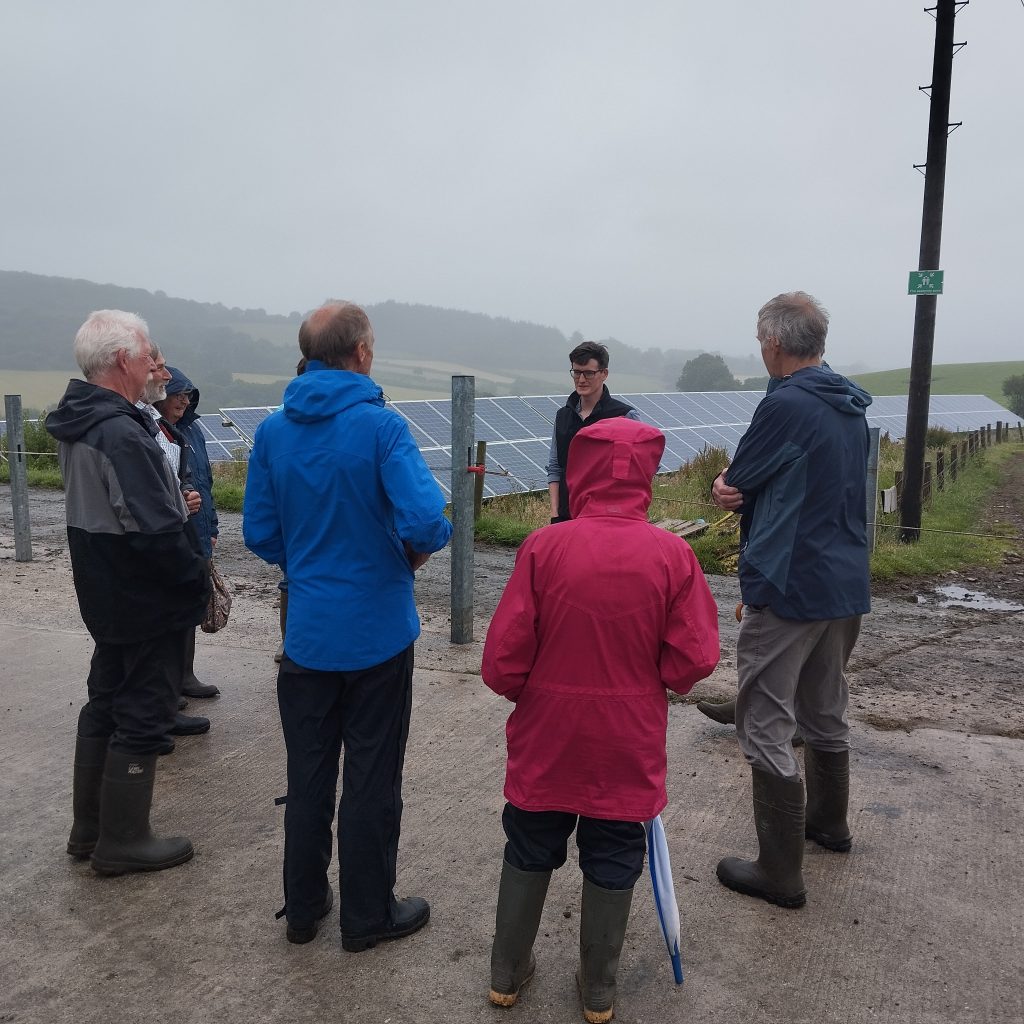


1. Anaerobic Digester visit – 24th June
Join SHARE members when we visit a local farm to see and hear about their journey to a sustainable future and long-term goal to net-zero emissions. SHARE have kindly been invited to the Cornish Cheese Co at Upton Cross by Ben and Carol Stansfield who will explain “after exploring various energy solutions, we ultimately chose anaerobic digestion, a technology that BioFactory has made viable for smaller farms”. If you would like to join us on TUESDAY 24th June starting at Knowle Farm at 10am please email SHARE@south-hill.co.uk There are no restrictions on numbers, please let us know if you would like to join us.
It’s a working farm, dress appropriately. Right here on our doorstep>
Cornish Cheese Company Ltd
Knowle Farm
Upton Cross,
Liskeard,
PL14 5BG
Read their story here > Our Story
2. South Hill Horticultural Show -16th August
To celebrate 10 years of SHARE, we are sponsoring three children’s classes at the South Hill Horticultural show this year. Please save the date- Saturday 16th August
Class 107 (A model made from recycled items (12” max),
Class 108 ( A4 poster or collage or drawing depicting – “How can you reduce energy usage at home?”) and
Class 109 (Photography- Renewable Energy).
Please encourage your child to think about a sustainable future and we look forward to receiving your entries.
Each class will have a £10 prize money.
We will also be holding our pre-annual general meeting (AGM) talks there. We will have a stand where we will tell you what we have done this year, and we welcome feedback on what you would like us to address in the future. We also welcome any suggestions for future projects.
3. SHARE AGM – 23rd September
Please save the date- 23 September 2025- 19.30 SHARE AGM.
We look forward to seeing as many as we can to help shape the future of SHARE. As always, we will ask for Director’s appointments and agenda items in August- so think now what you would like to be addressed at the Annual General meeting.
We are also thinking of inviting a guest speaker for the event, what are you interested in hearing about?
Please let us know via email (share@south-hill.co.uk)
Thank You SHARE@south-hill.co.uk
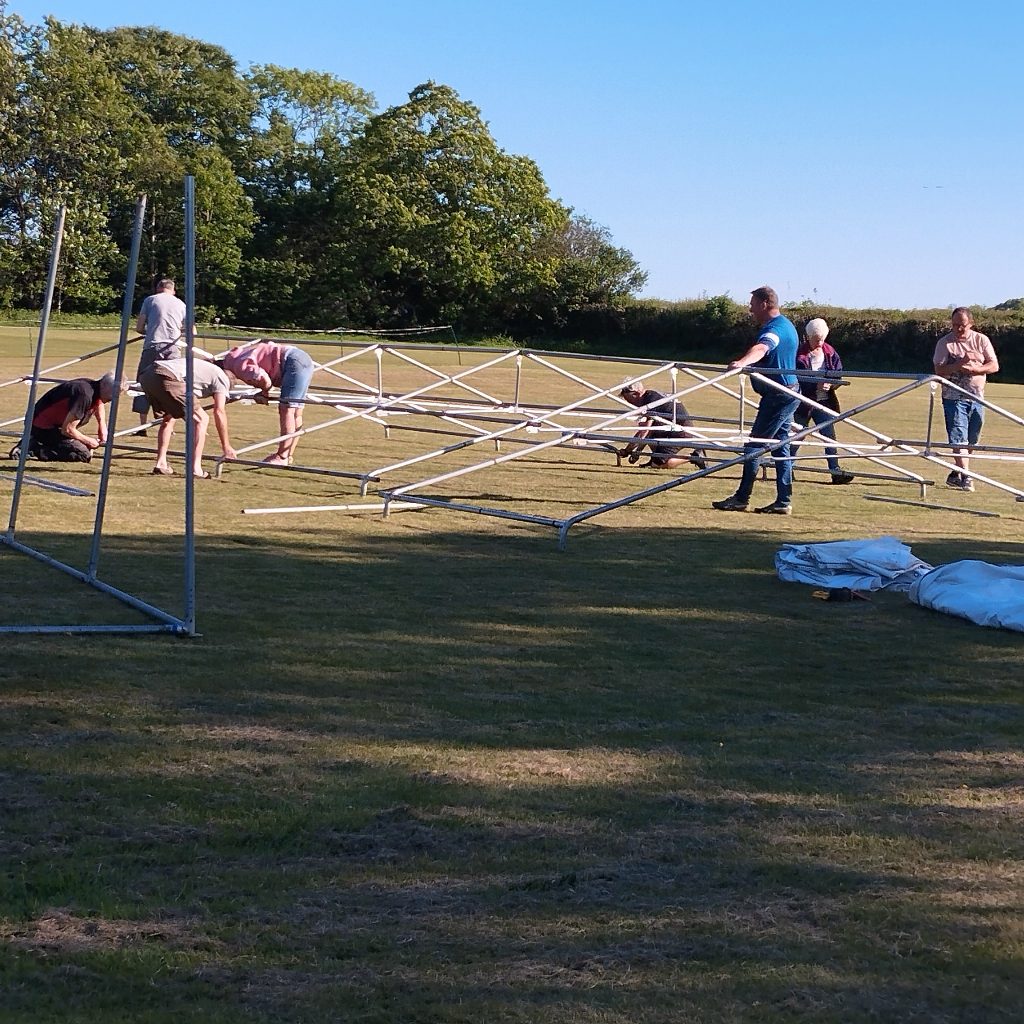
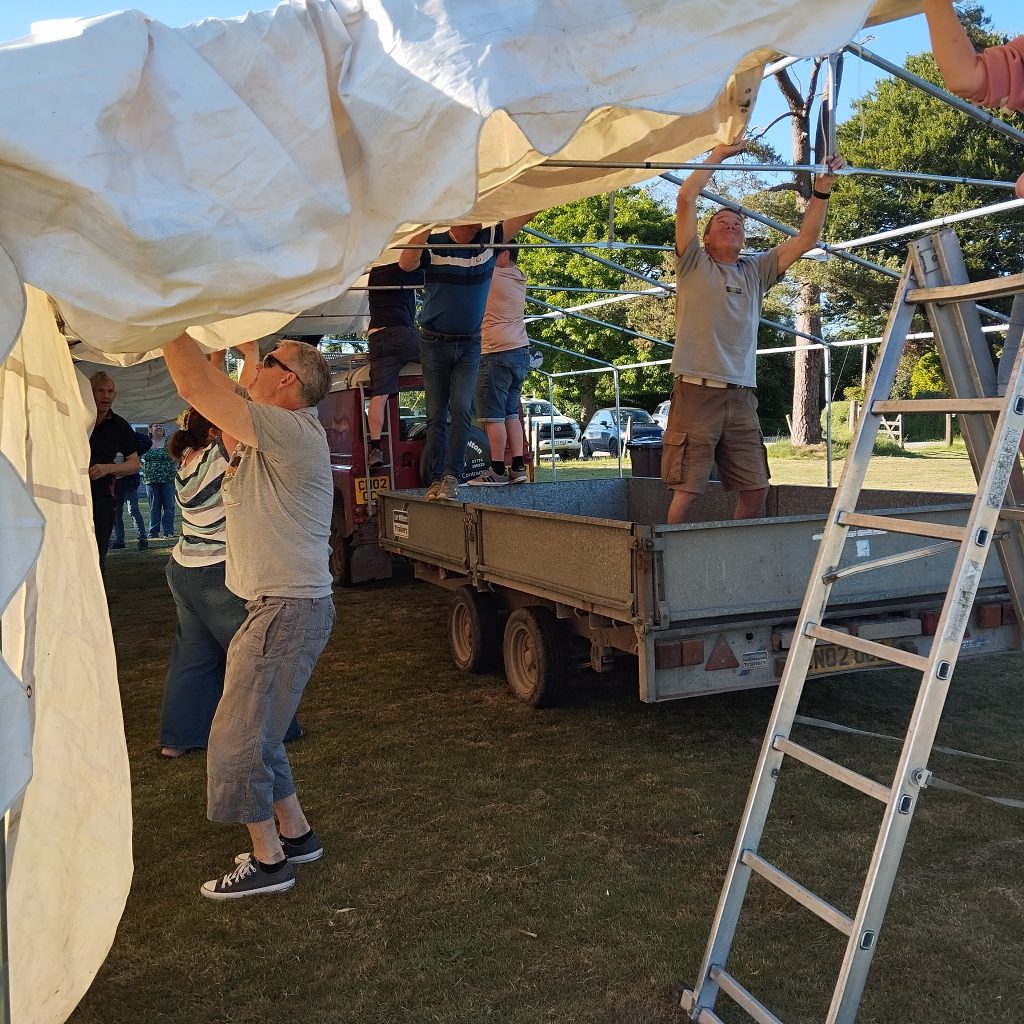
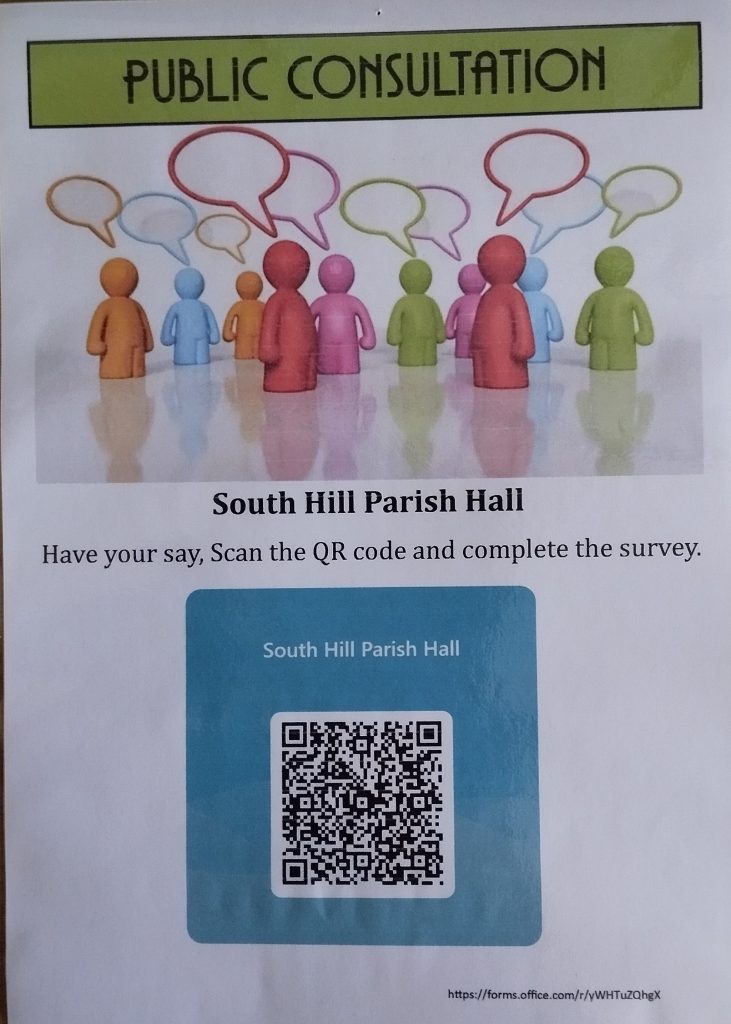
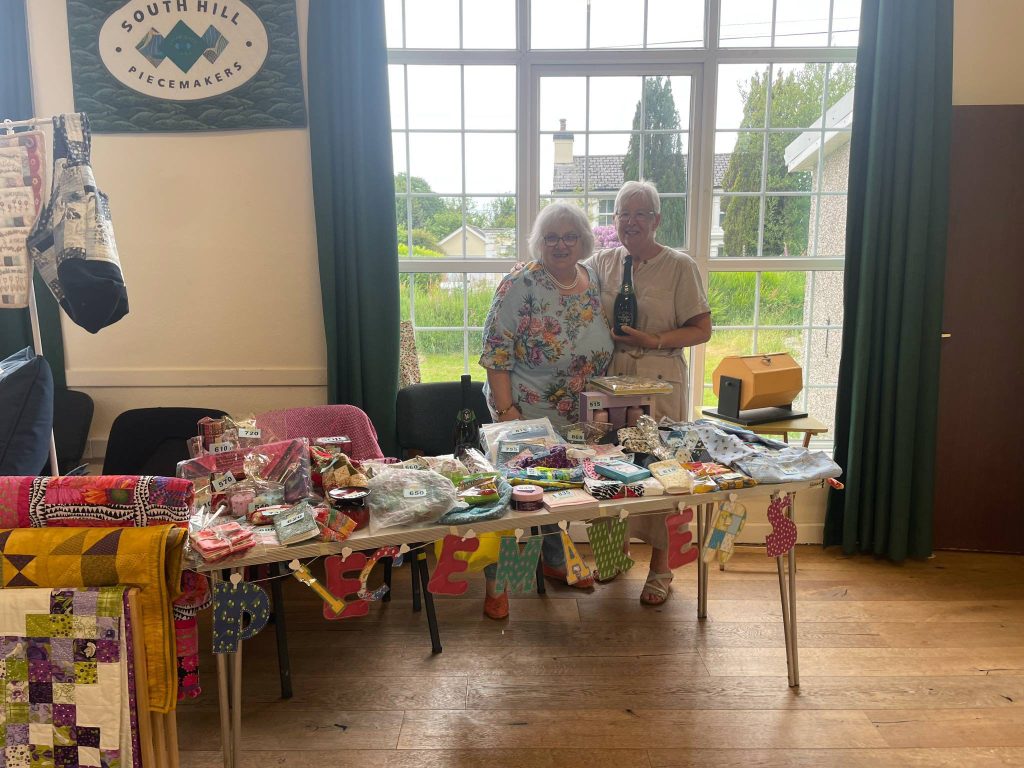

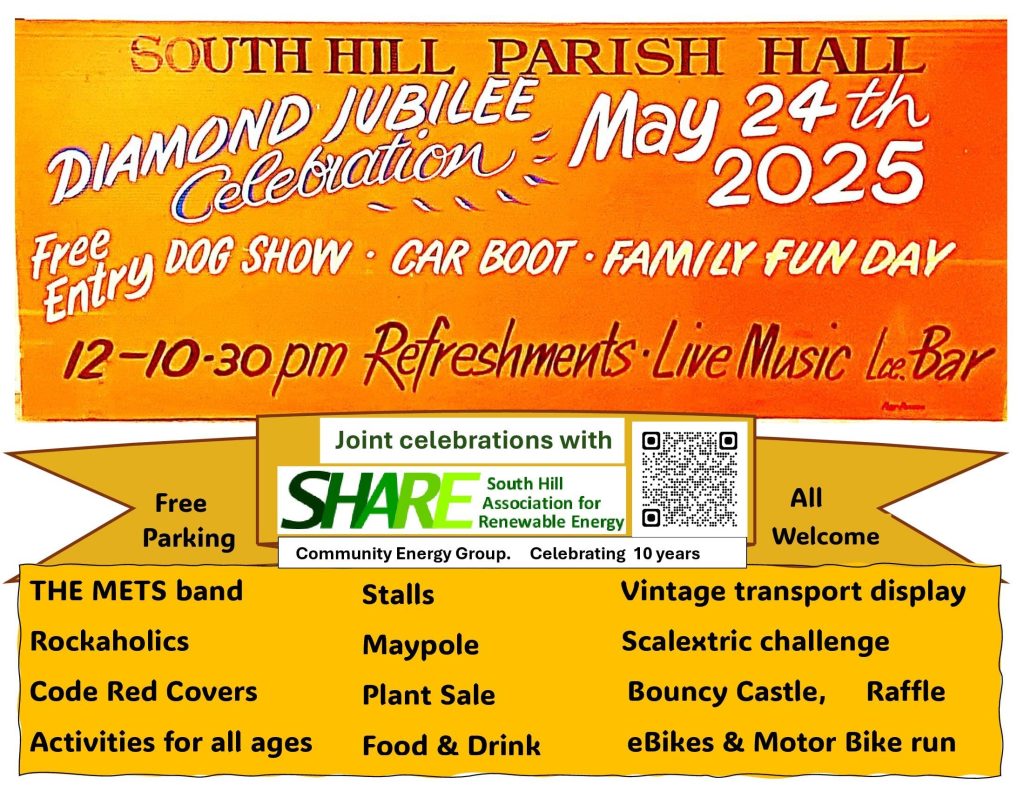
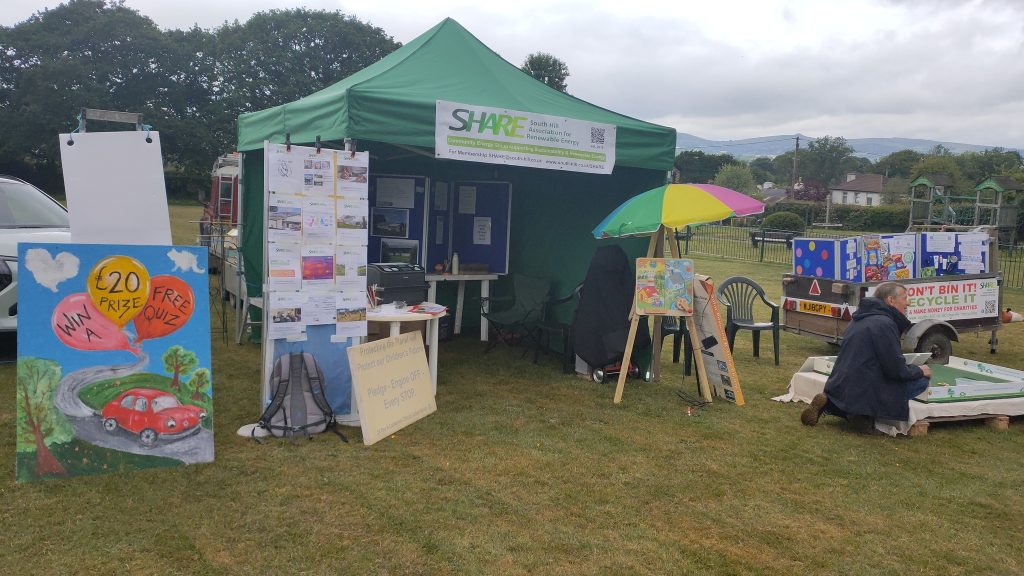
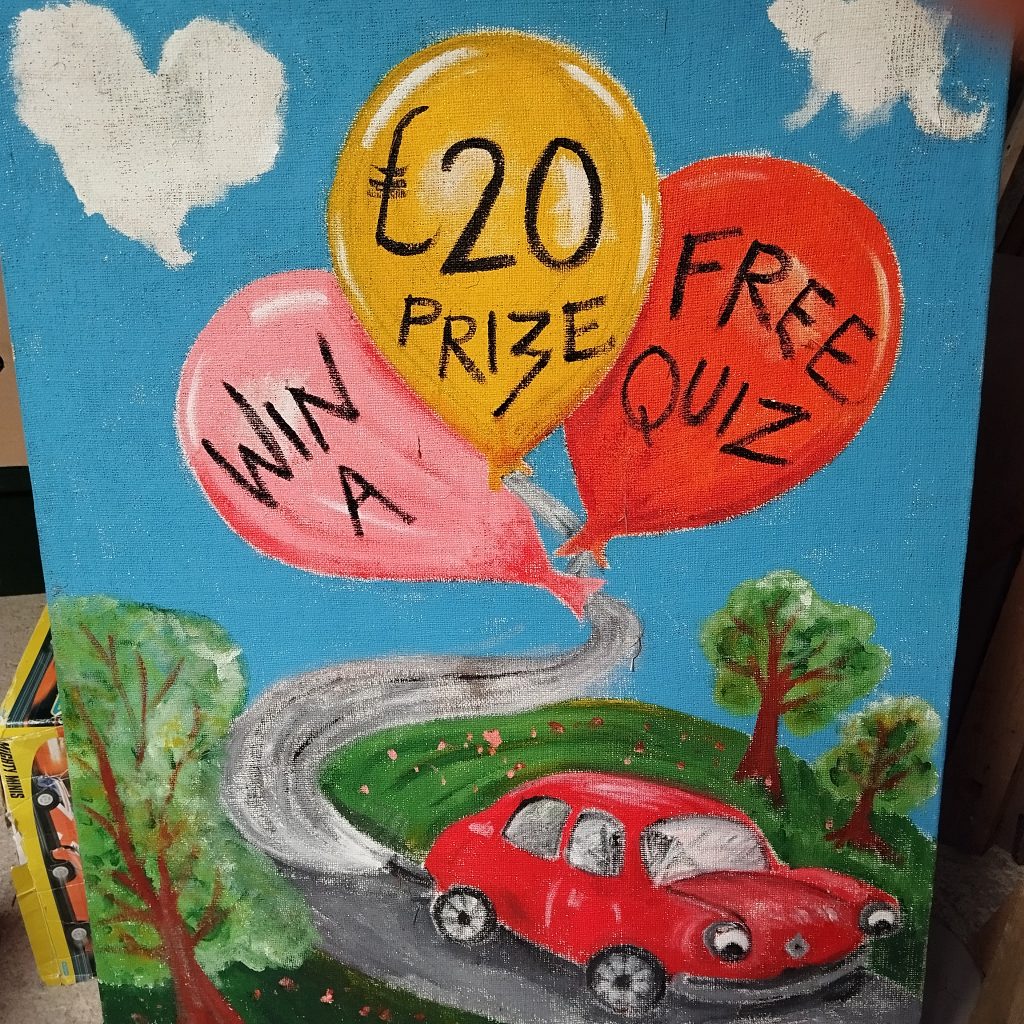
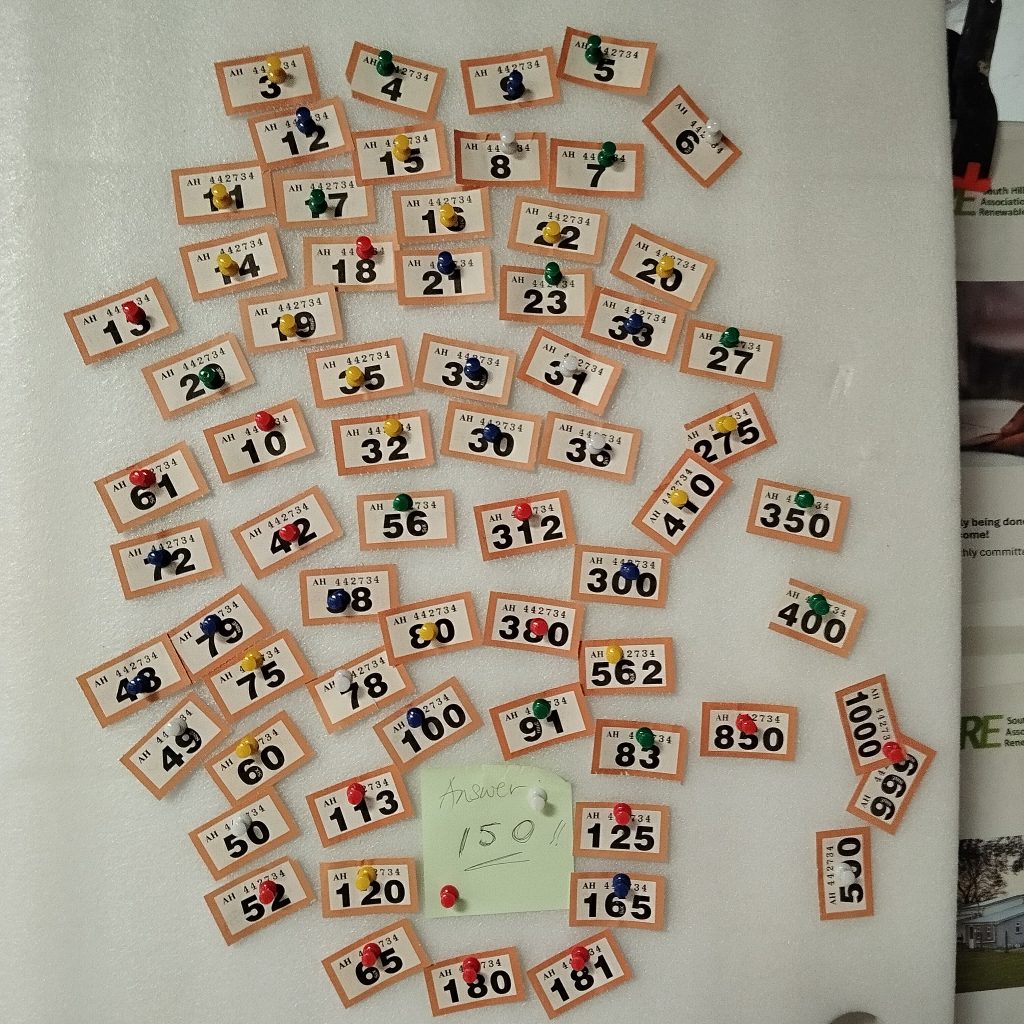

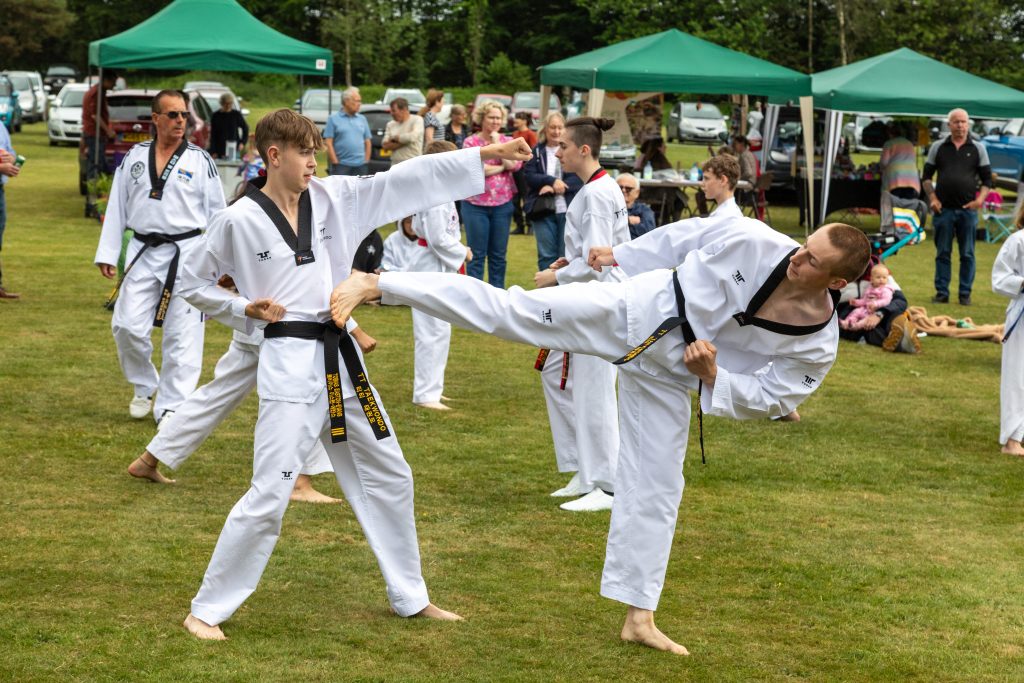

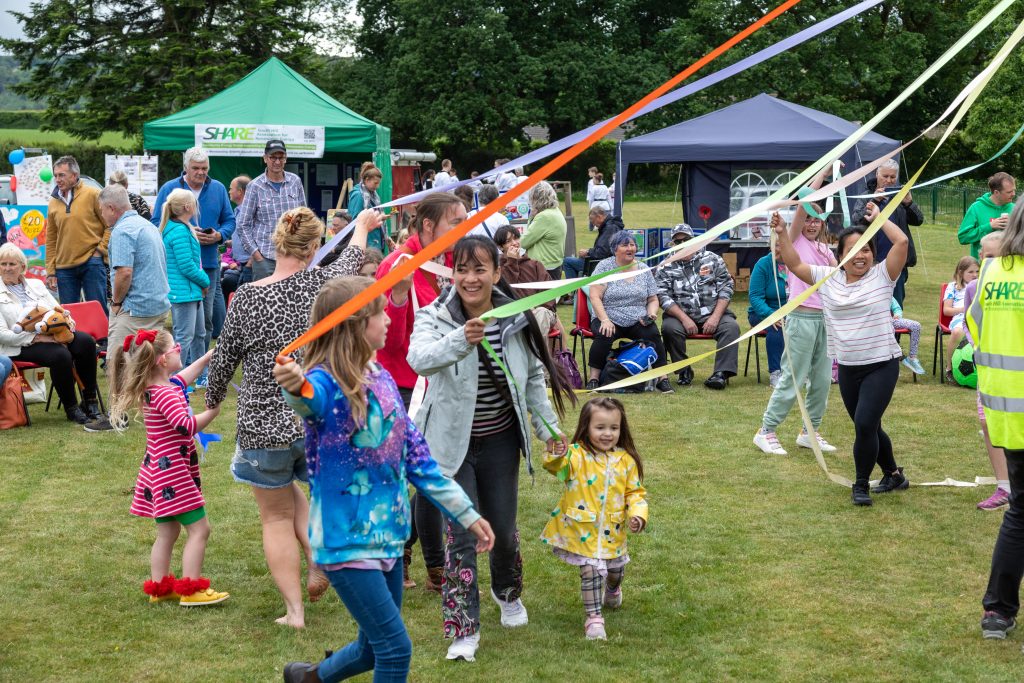
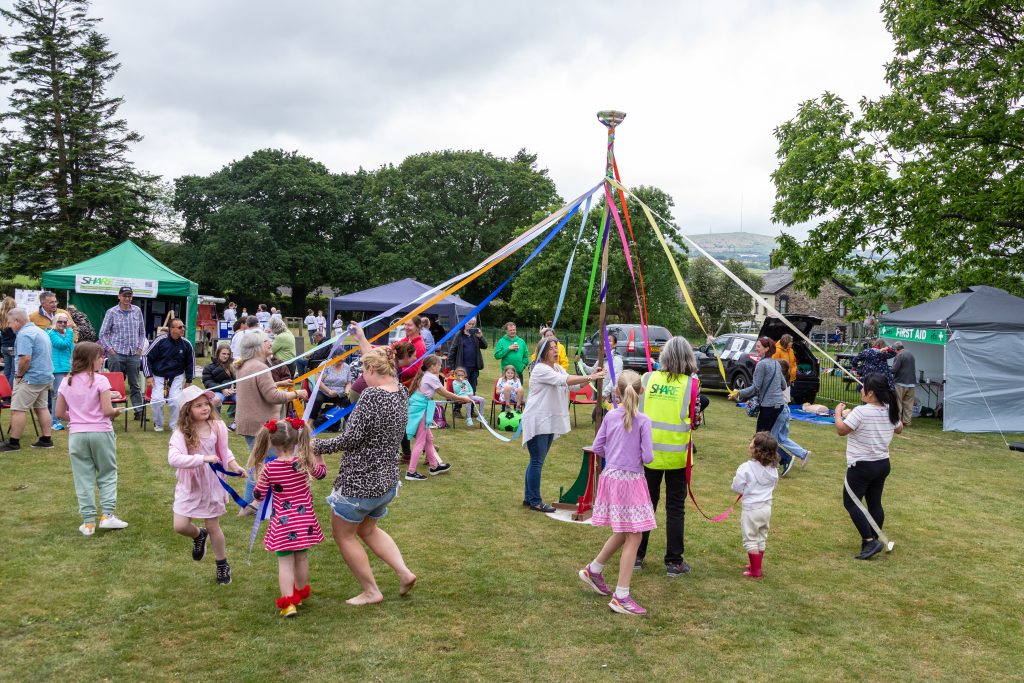
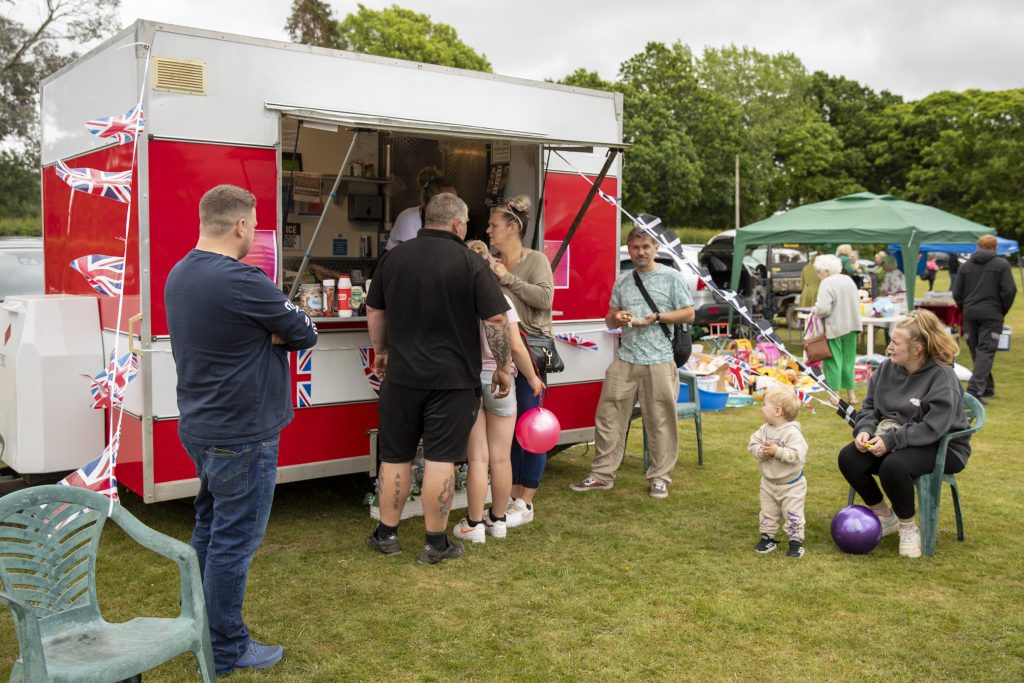
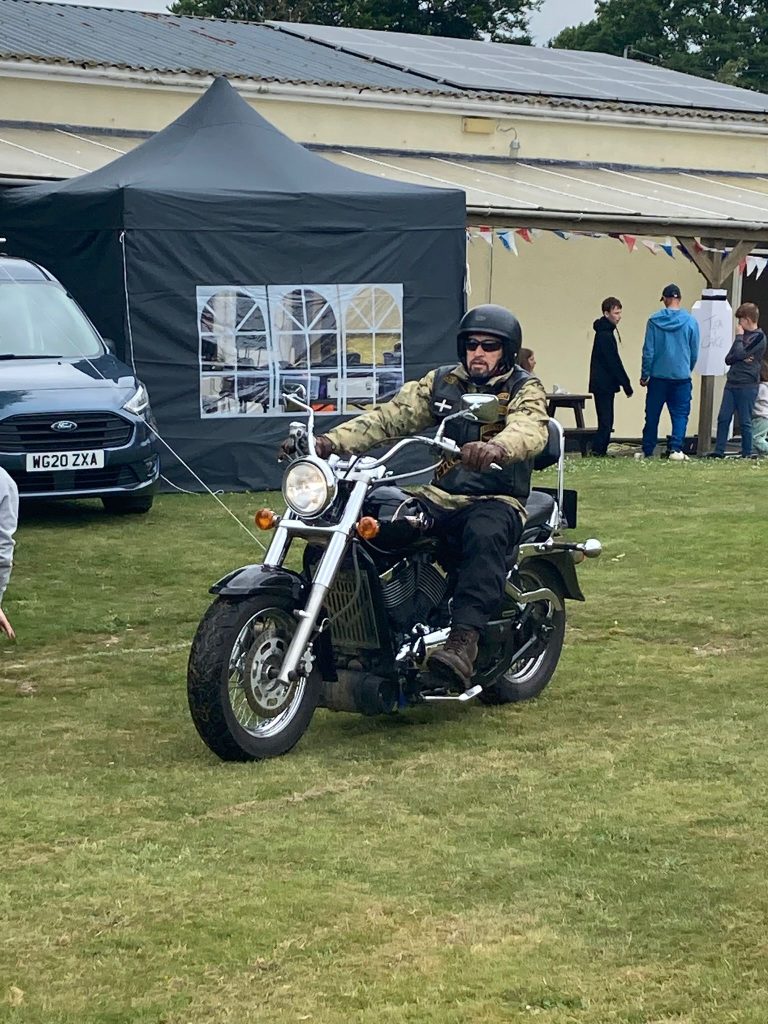

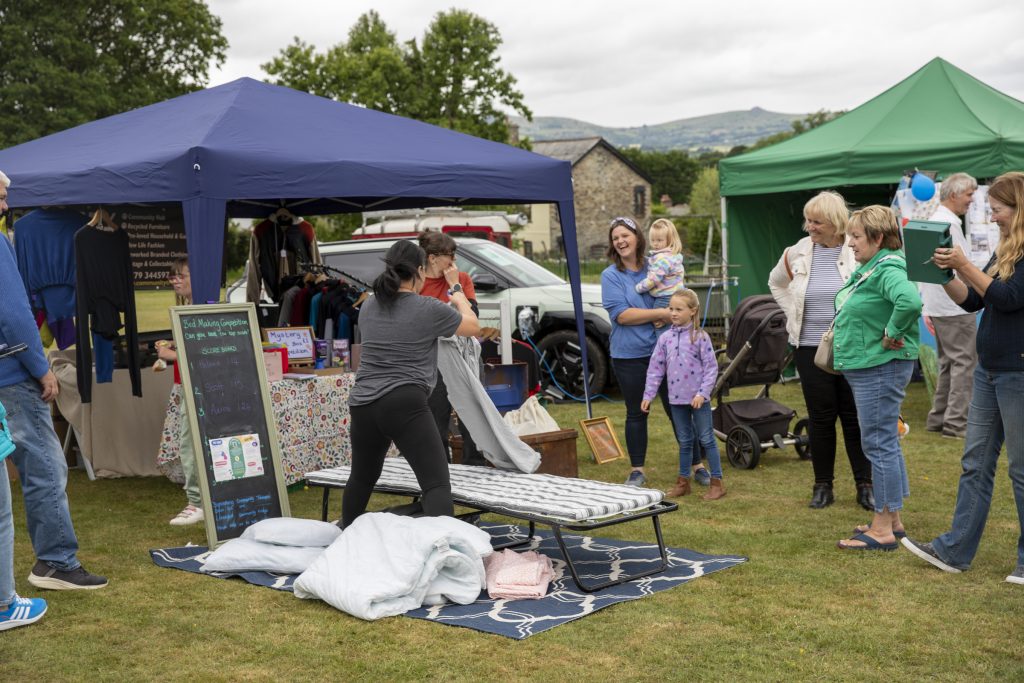
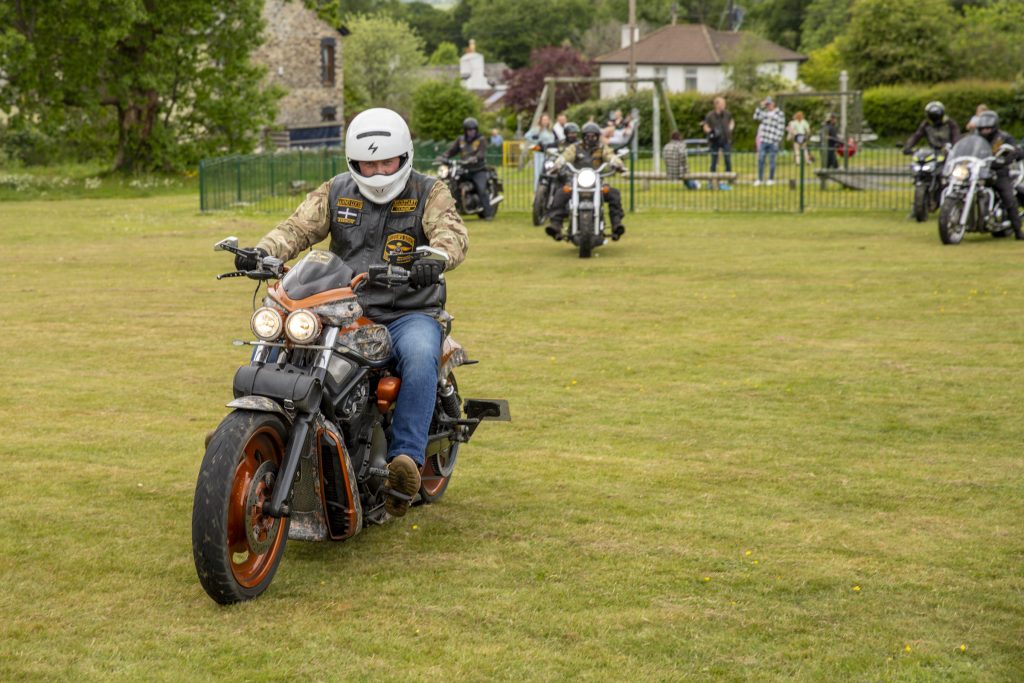
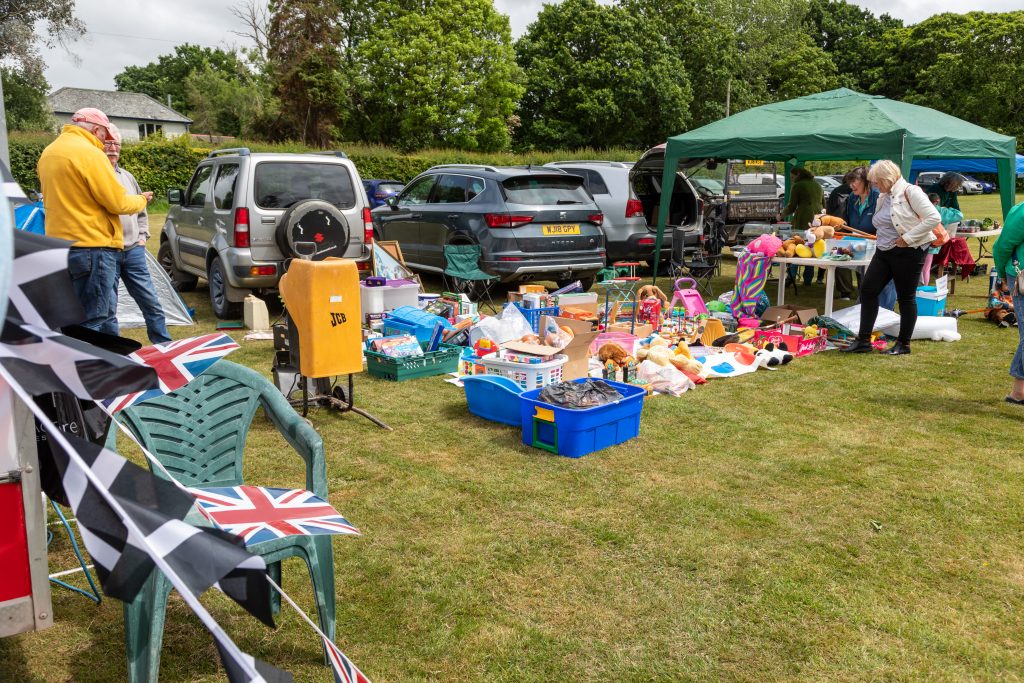
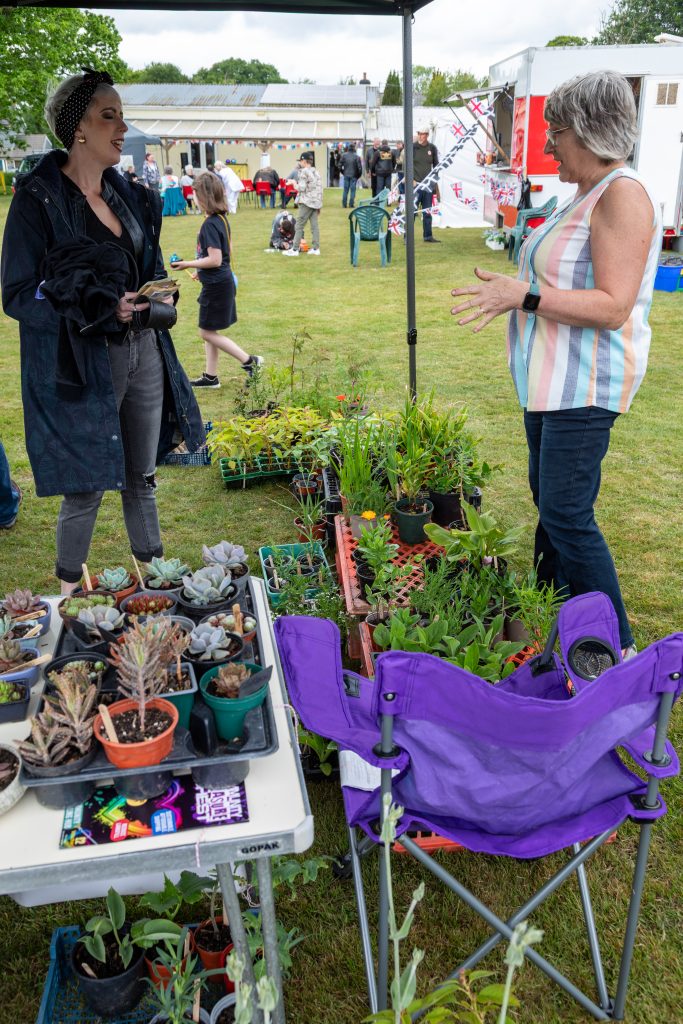
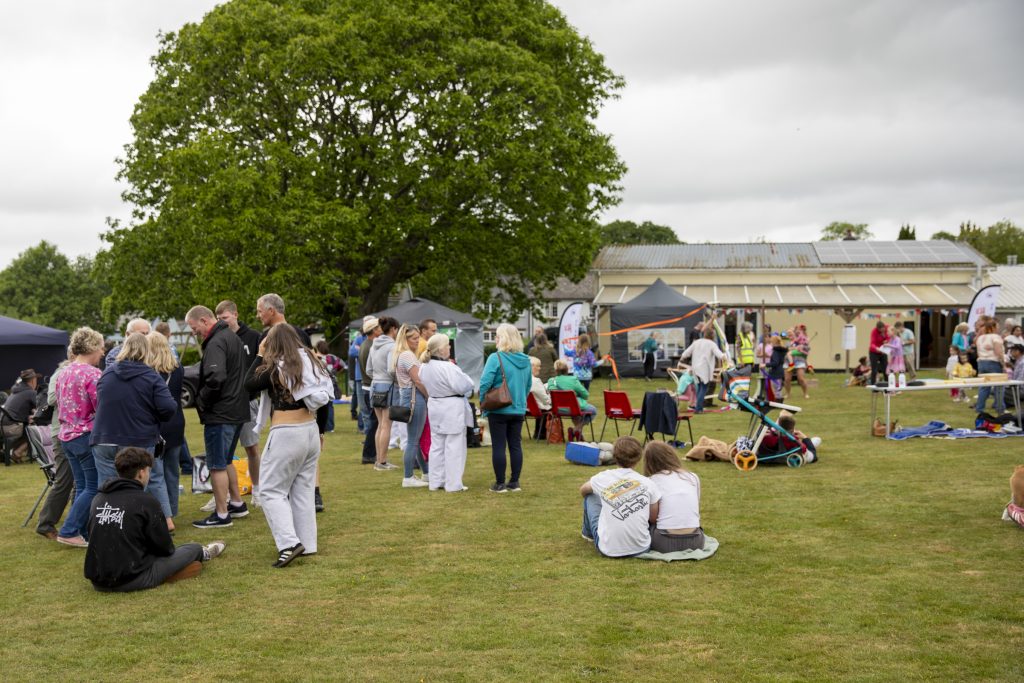
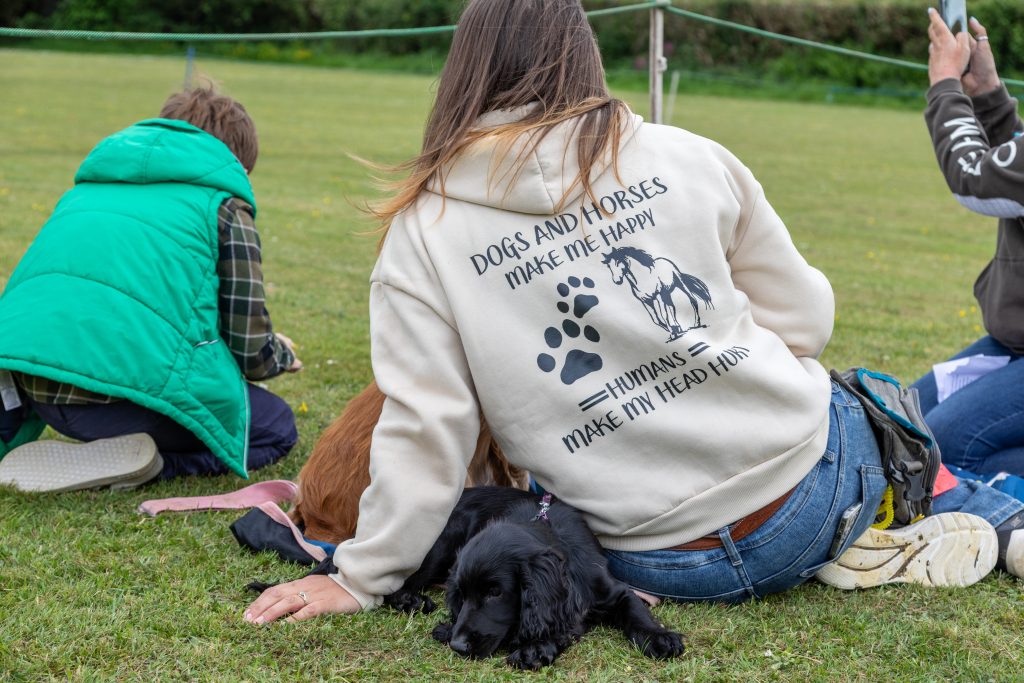
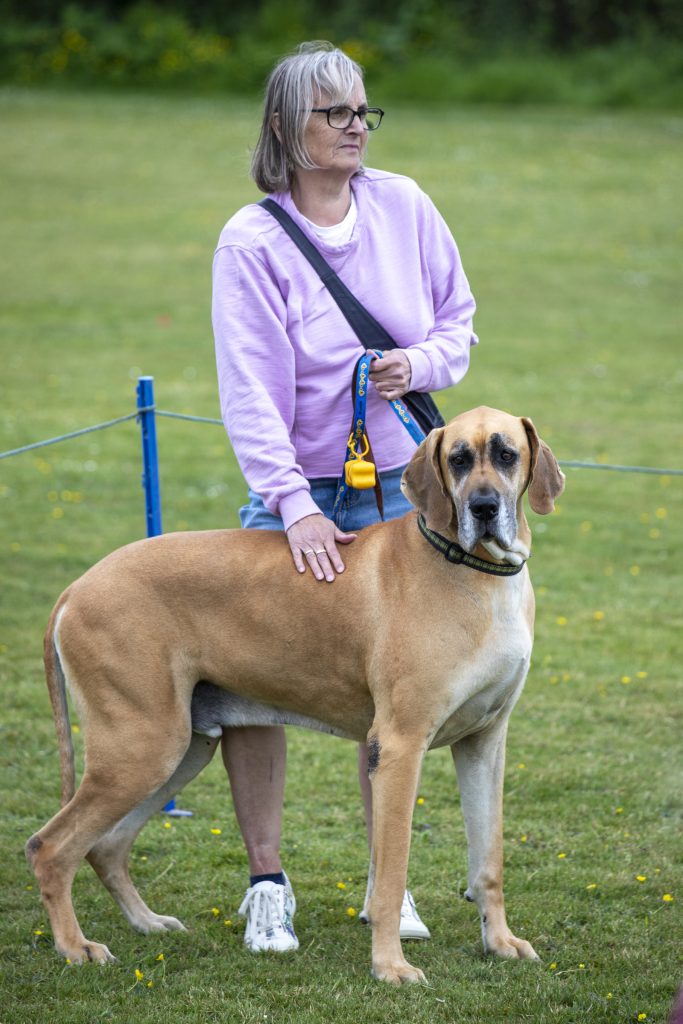
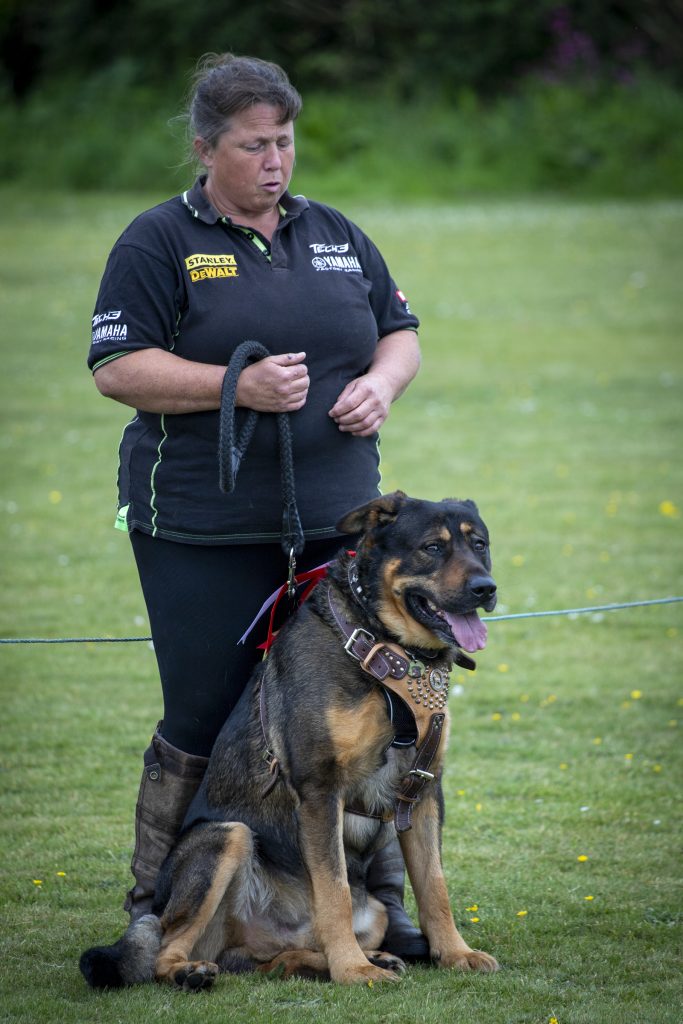
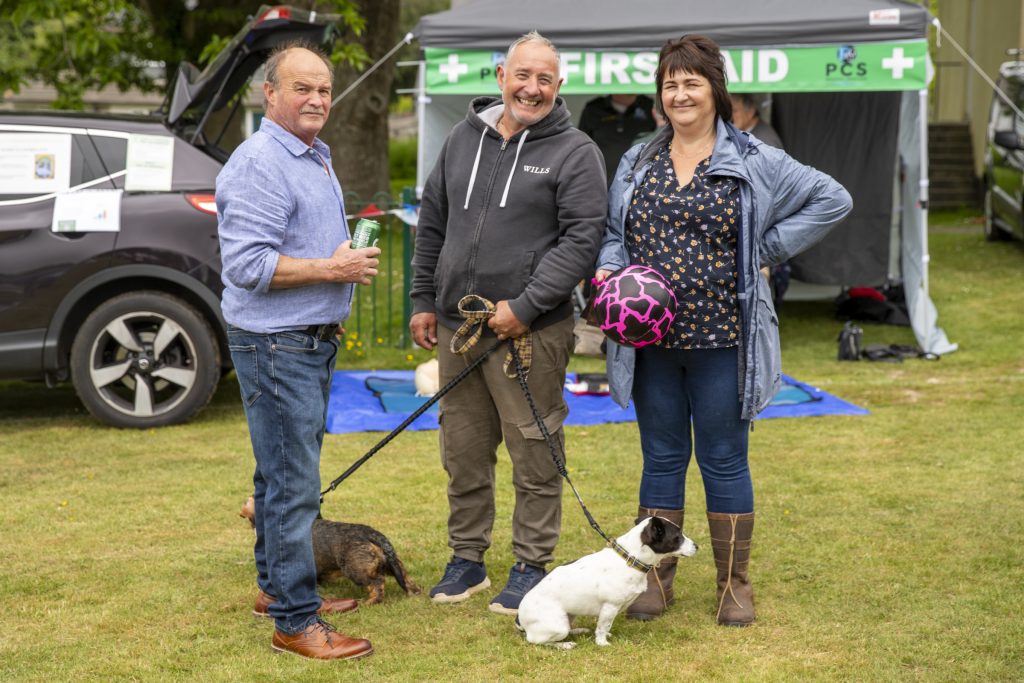
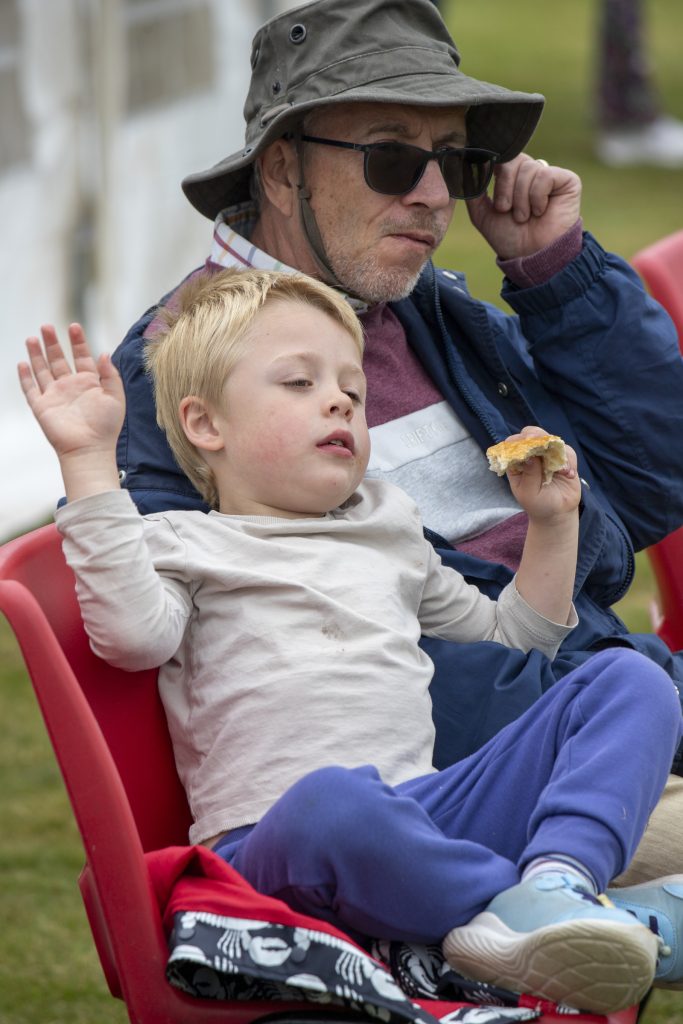
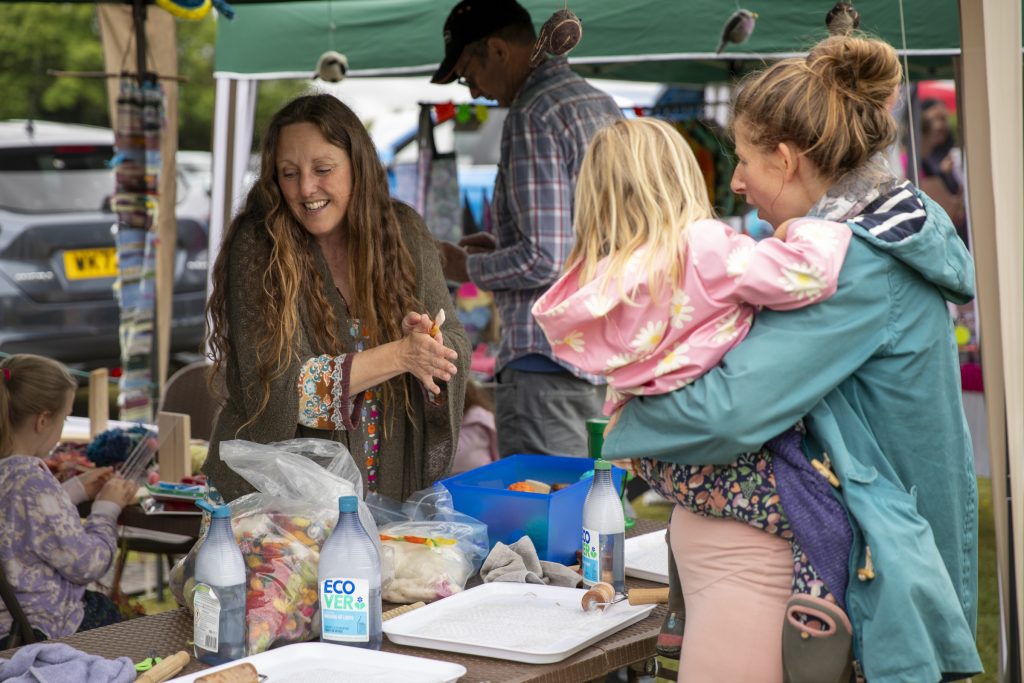
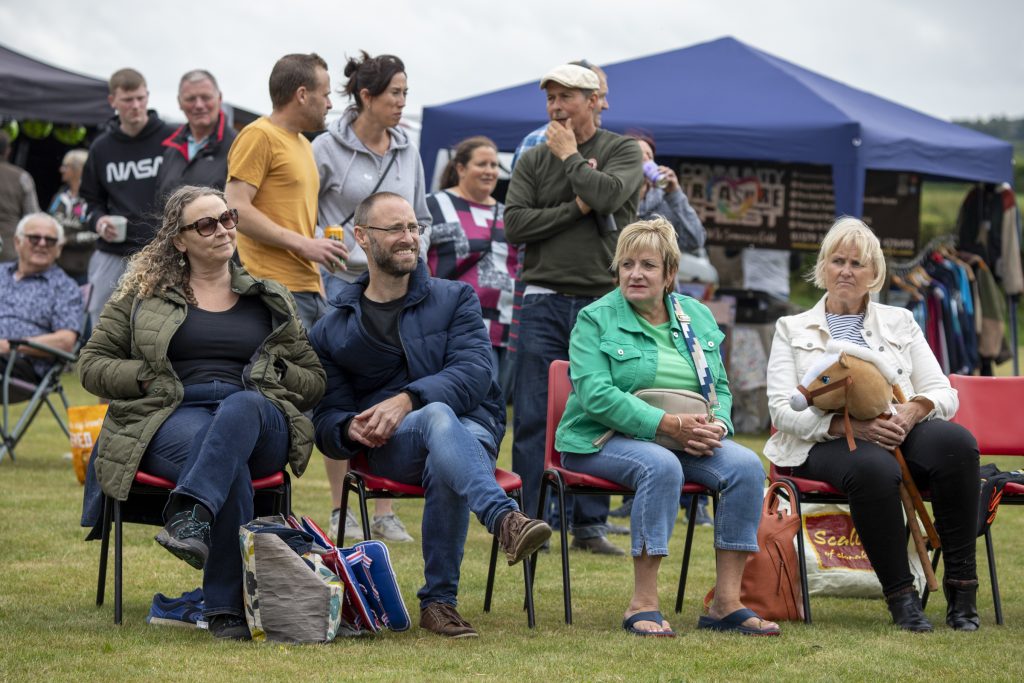
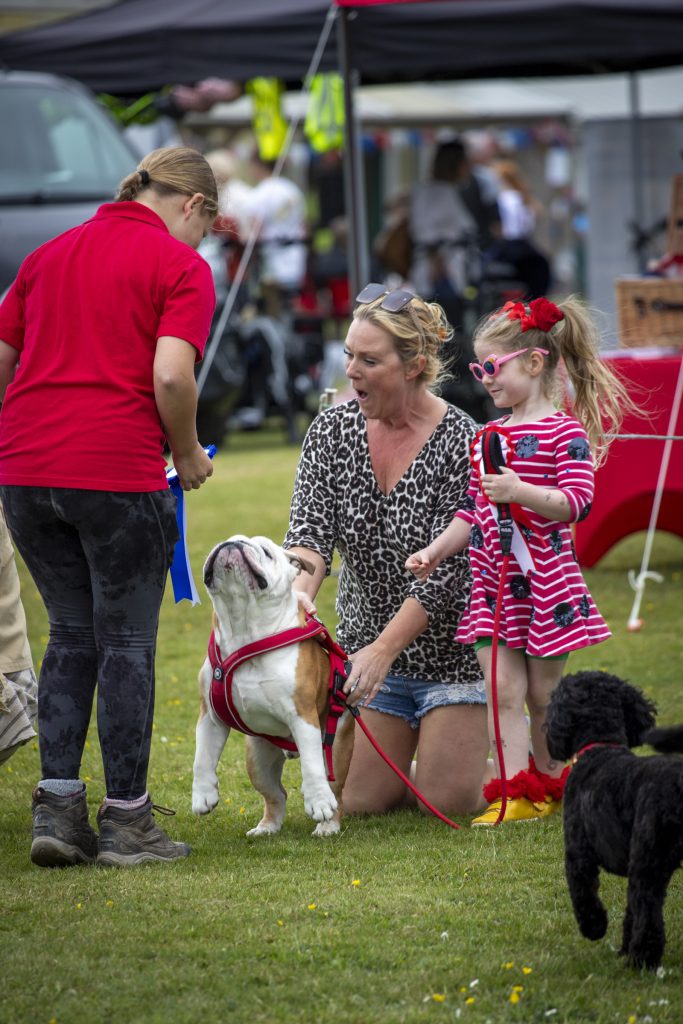
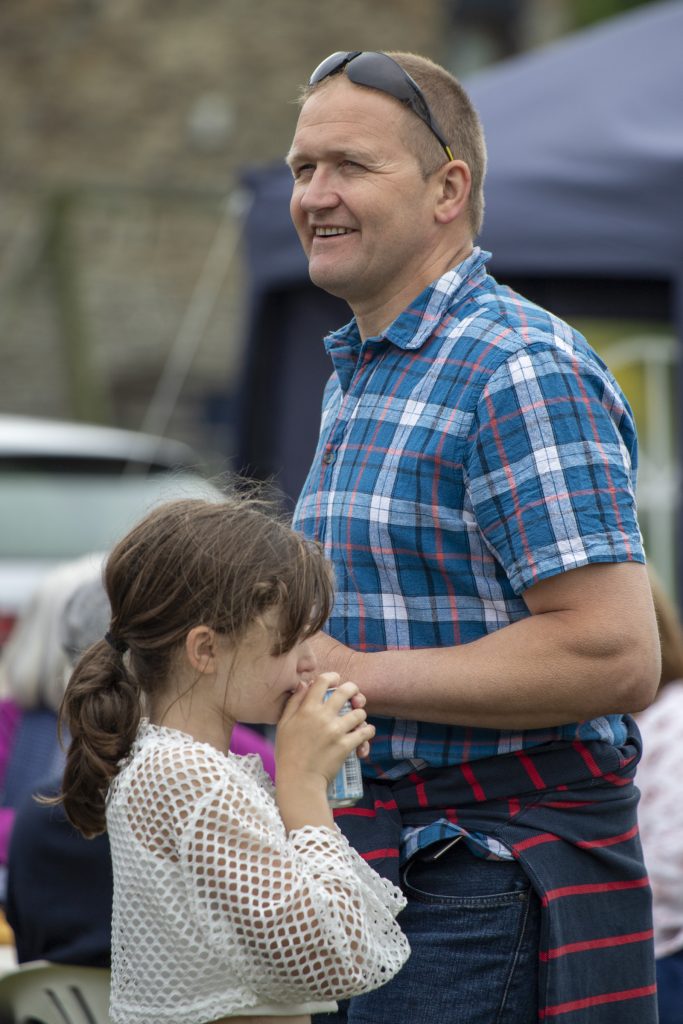
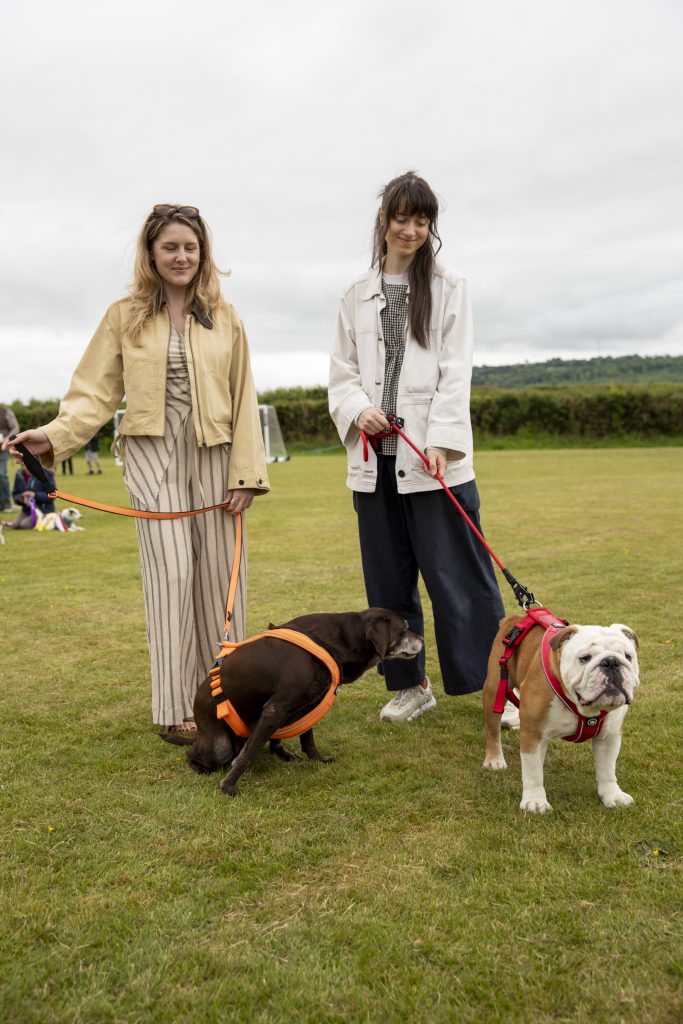
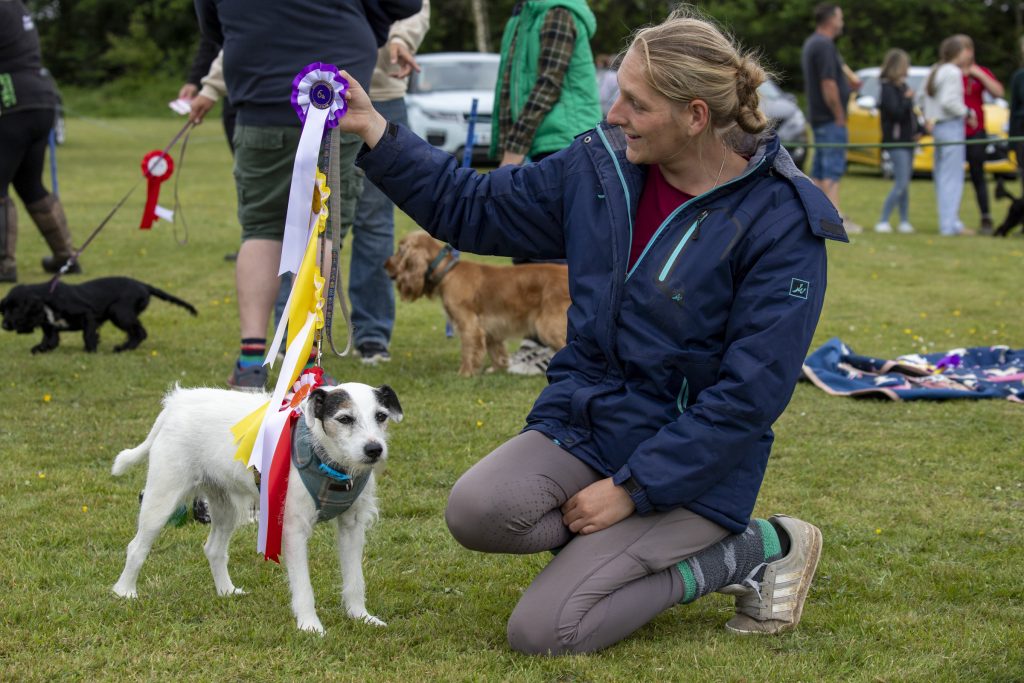
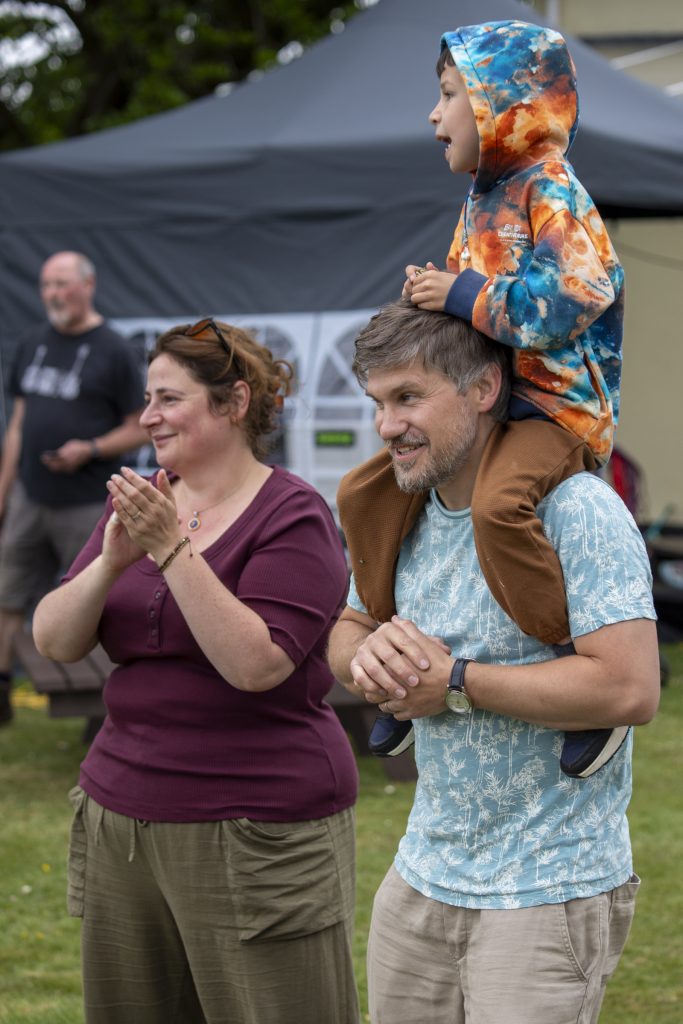
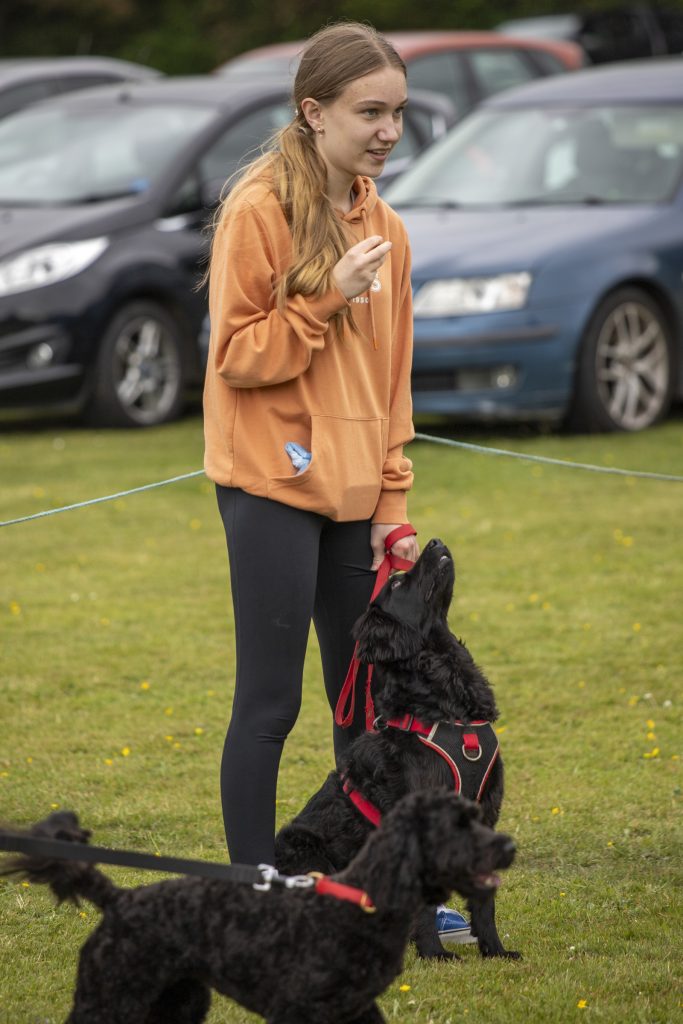
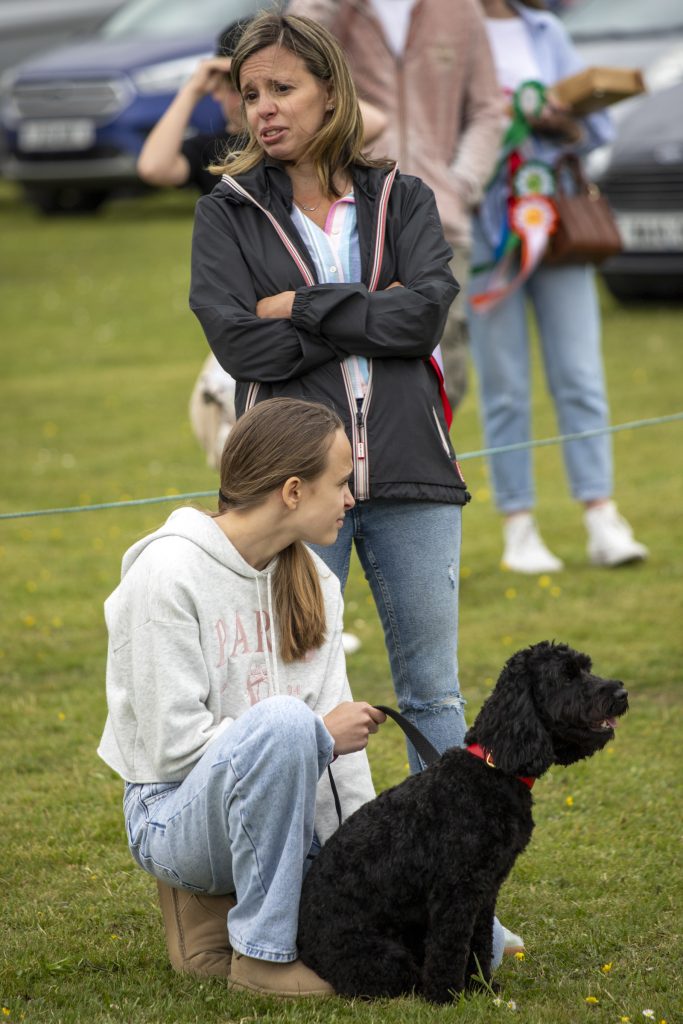
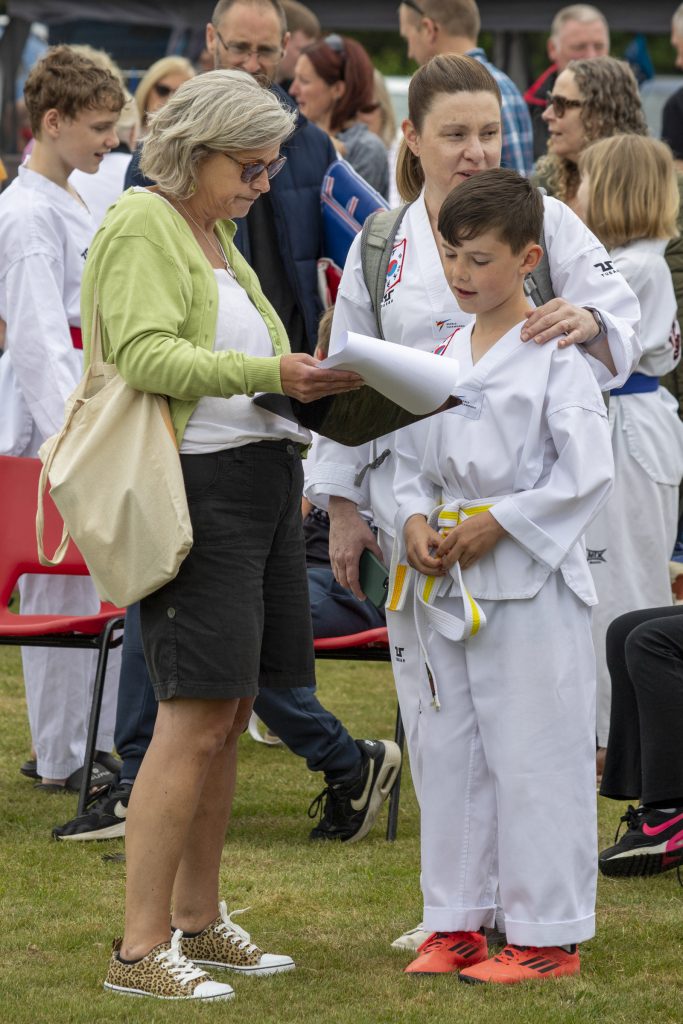
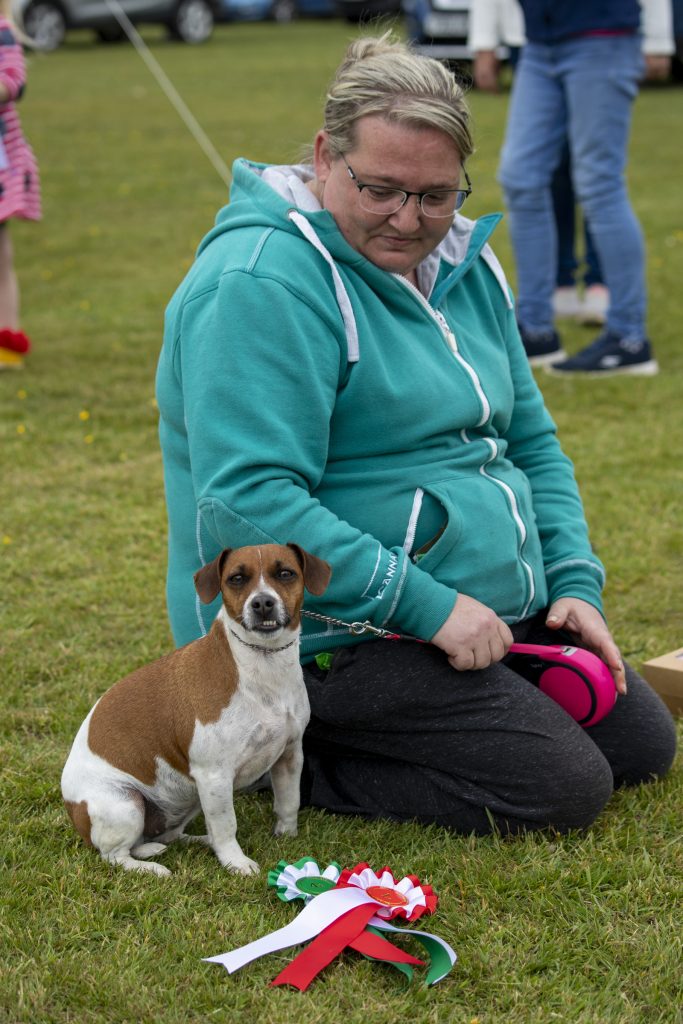
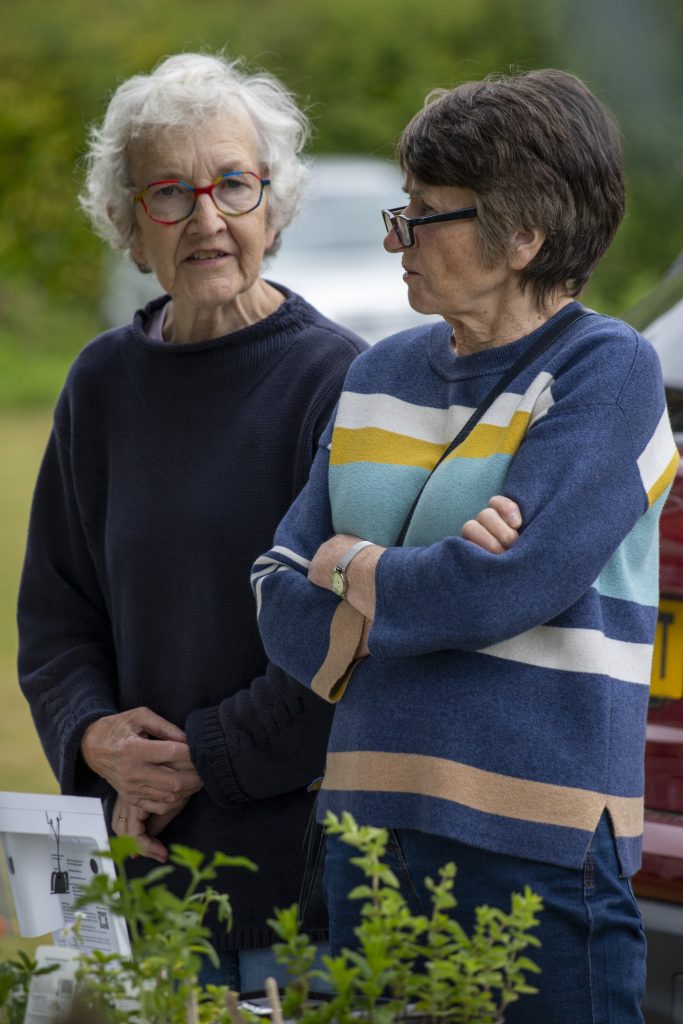
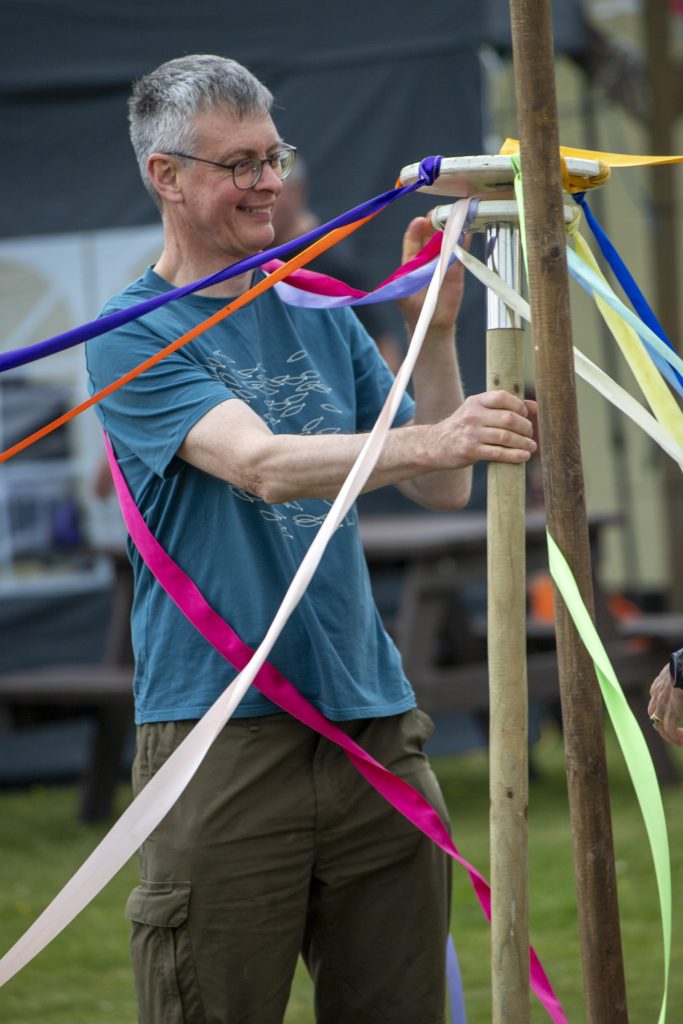
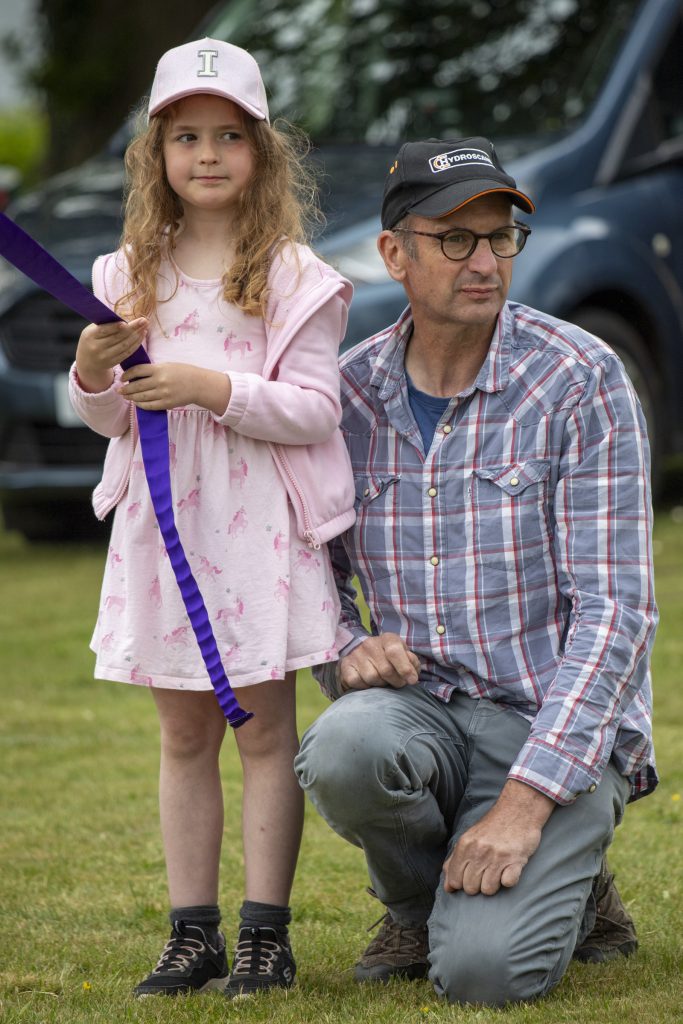
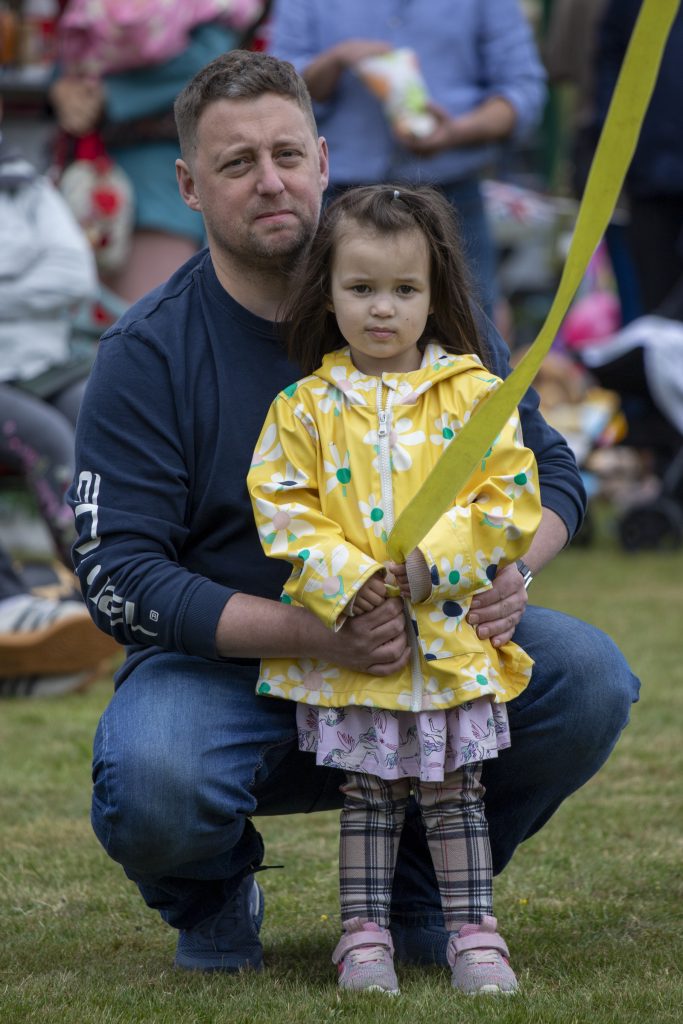
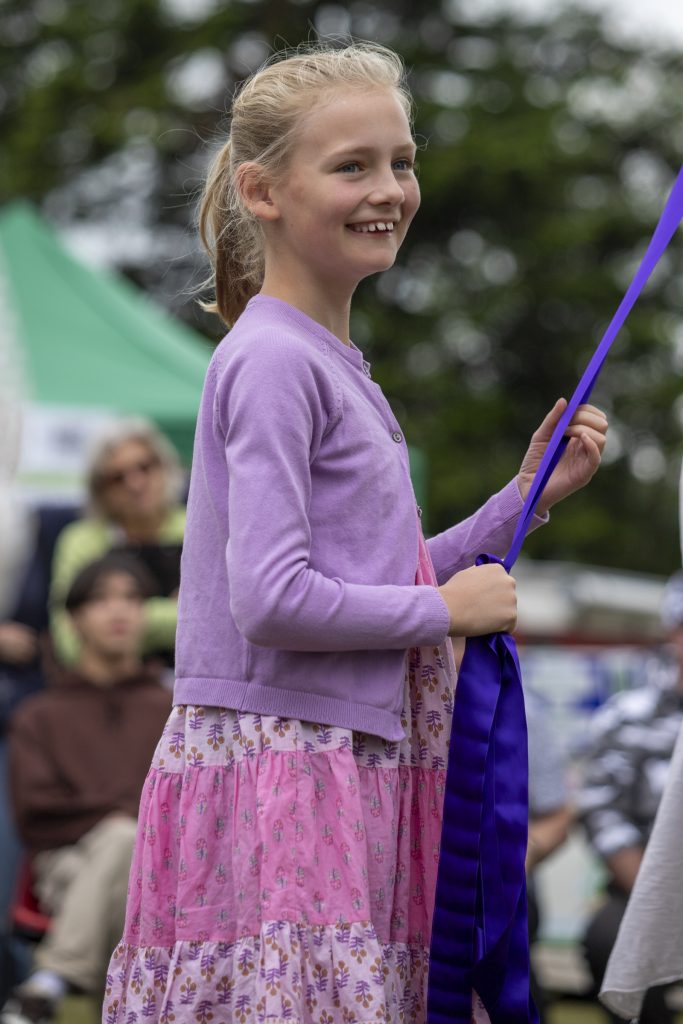
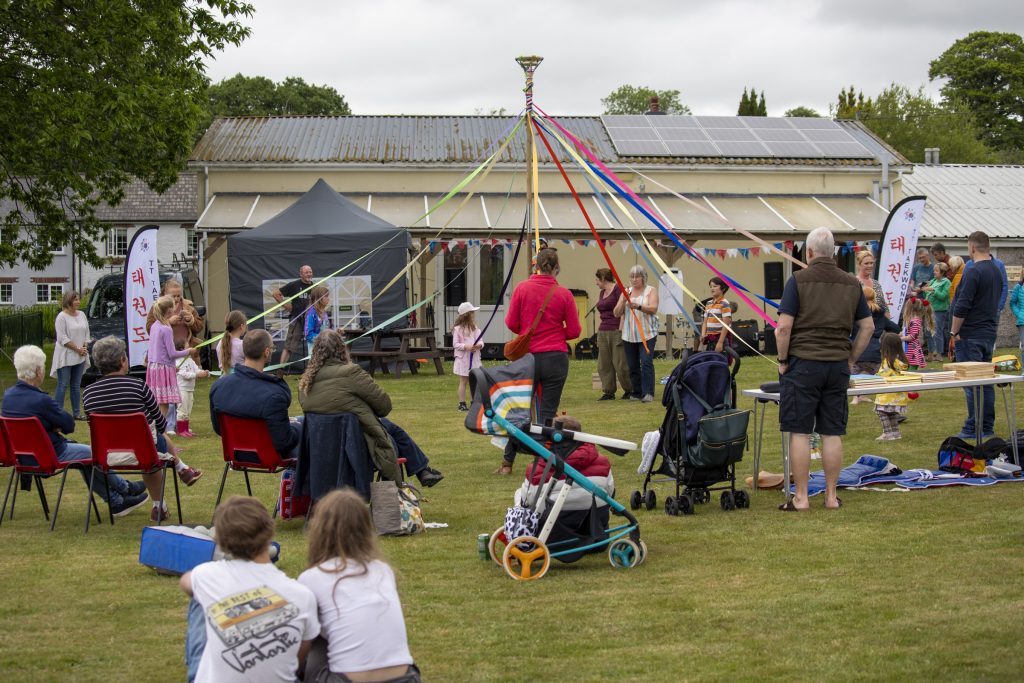
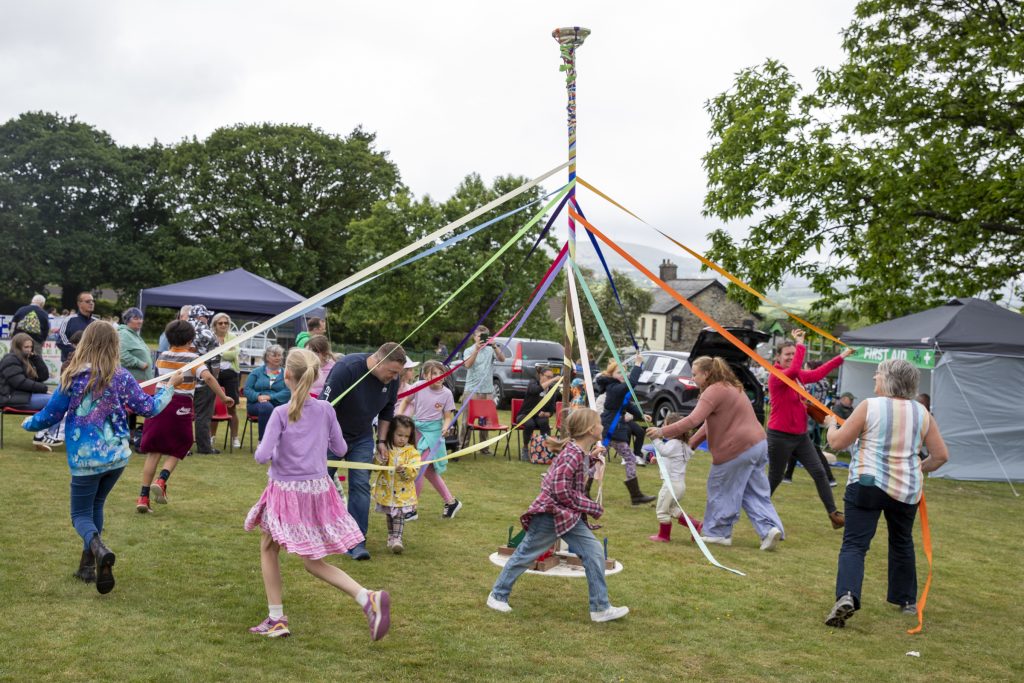
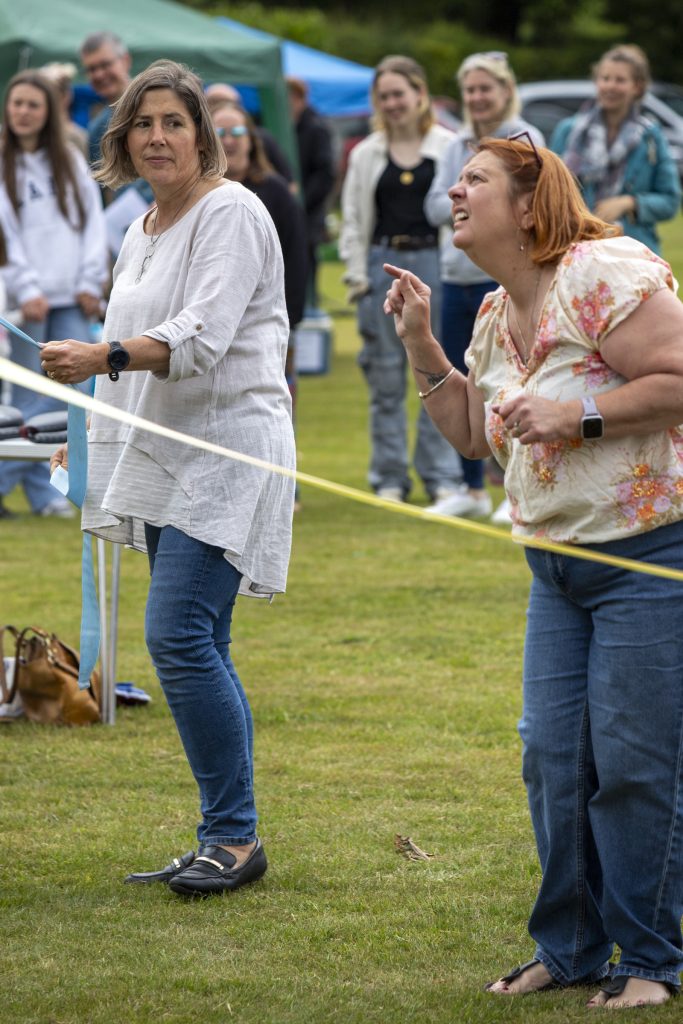
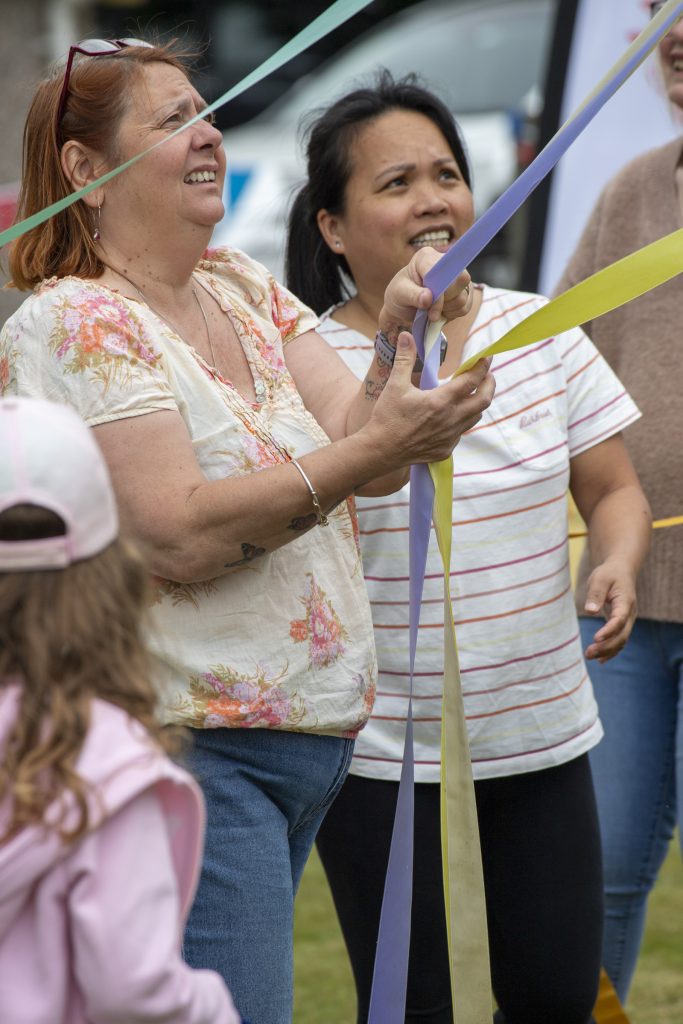
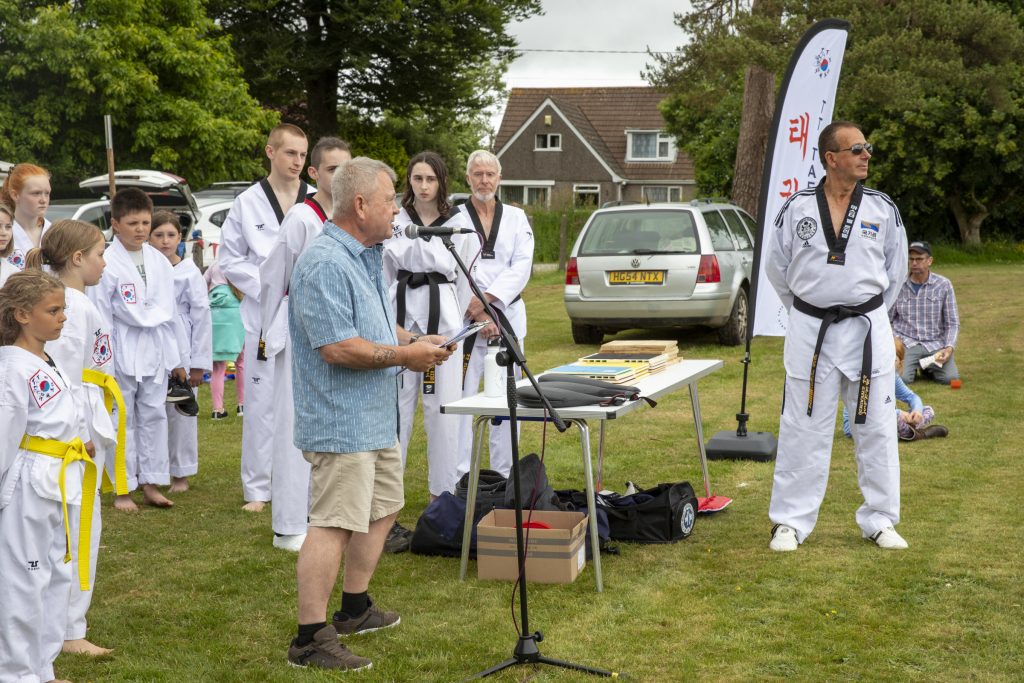
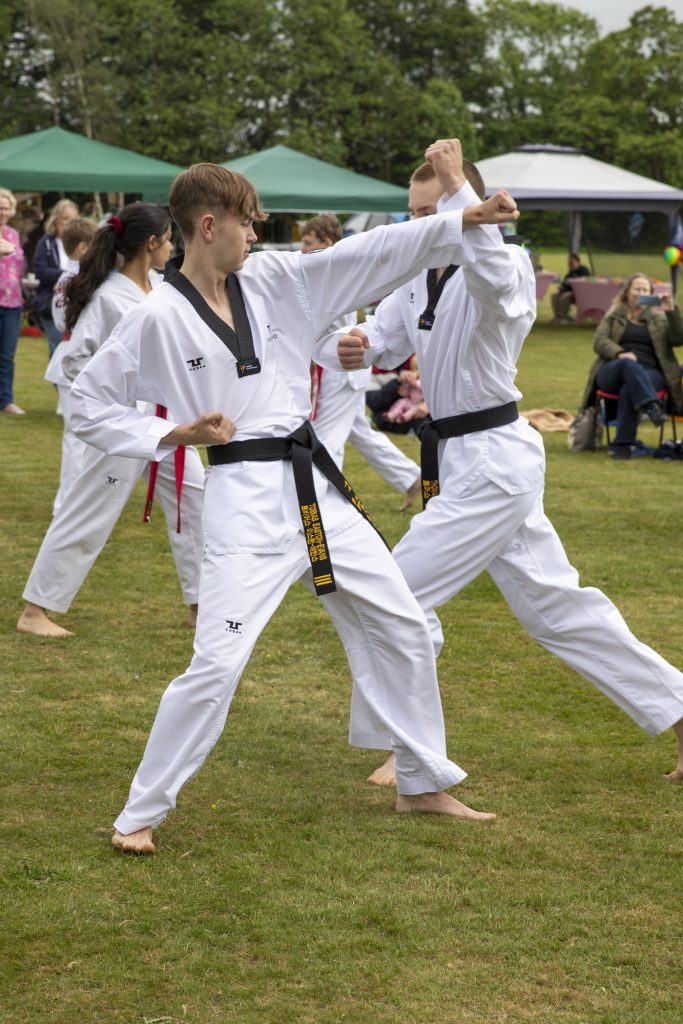
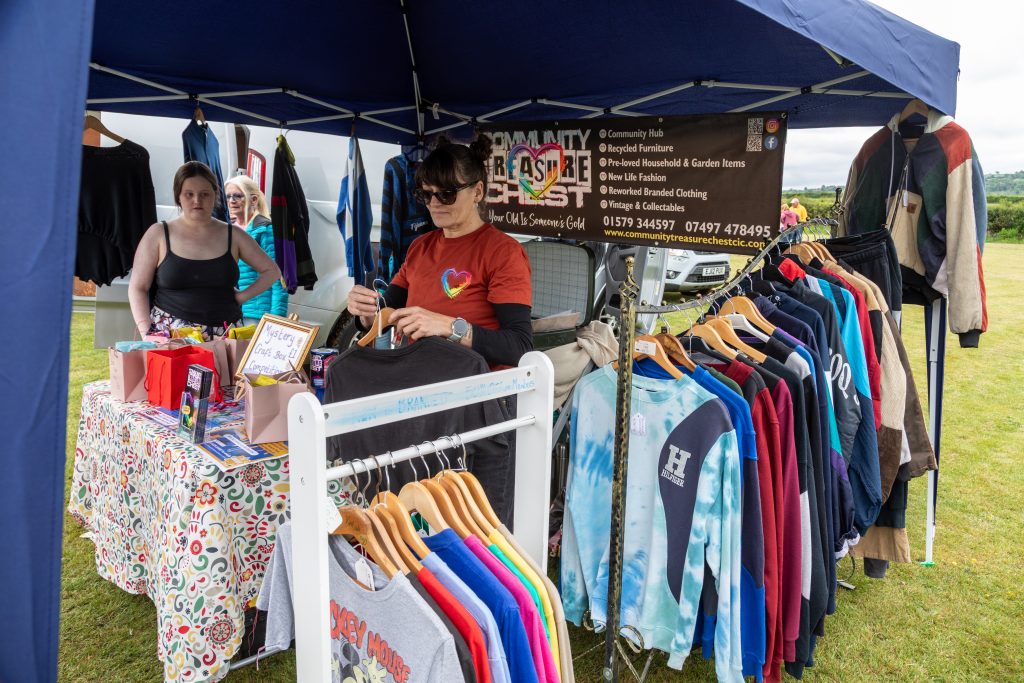
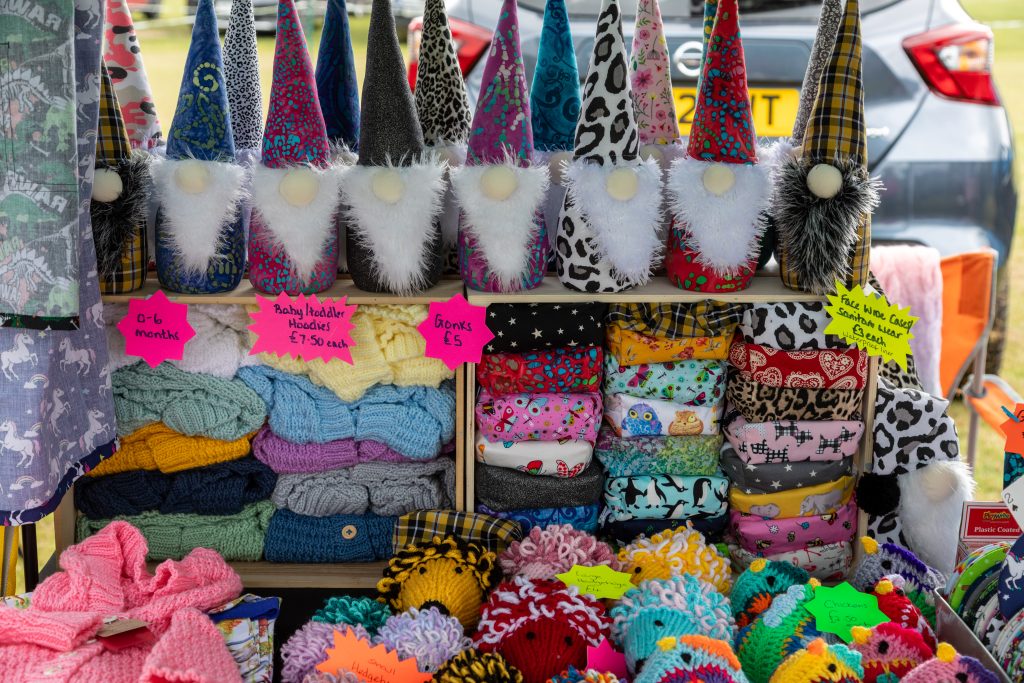
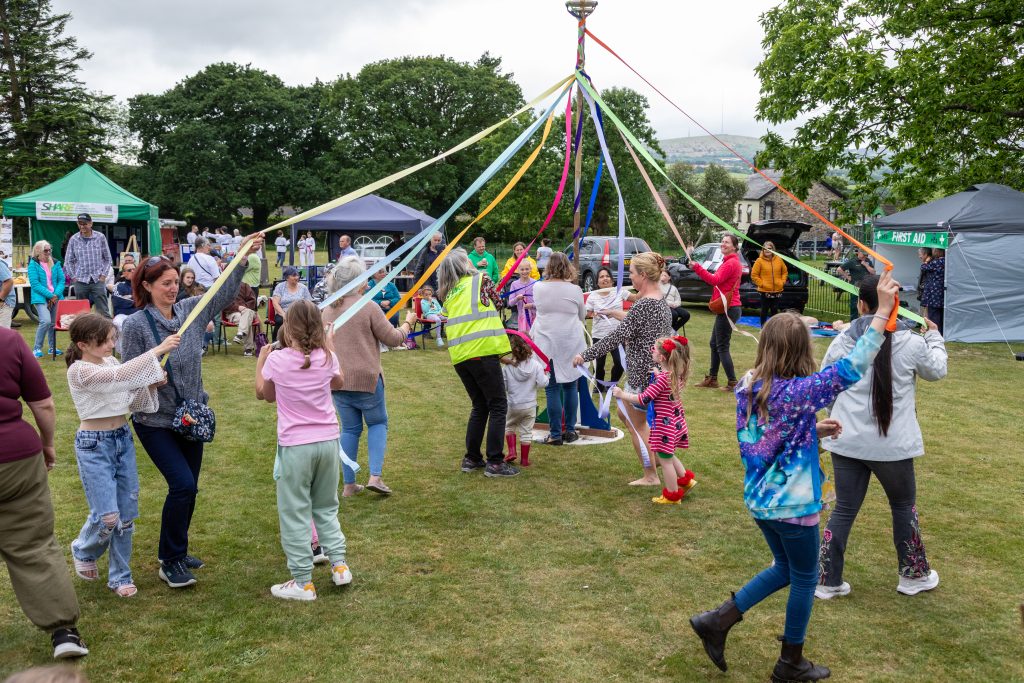
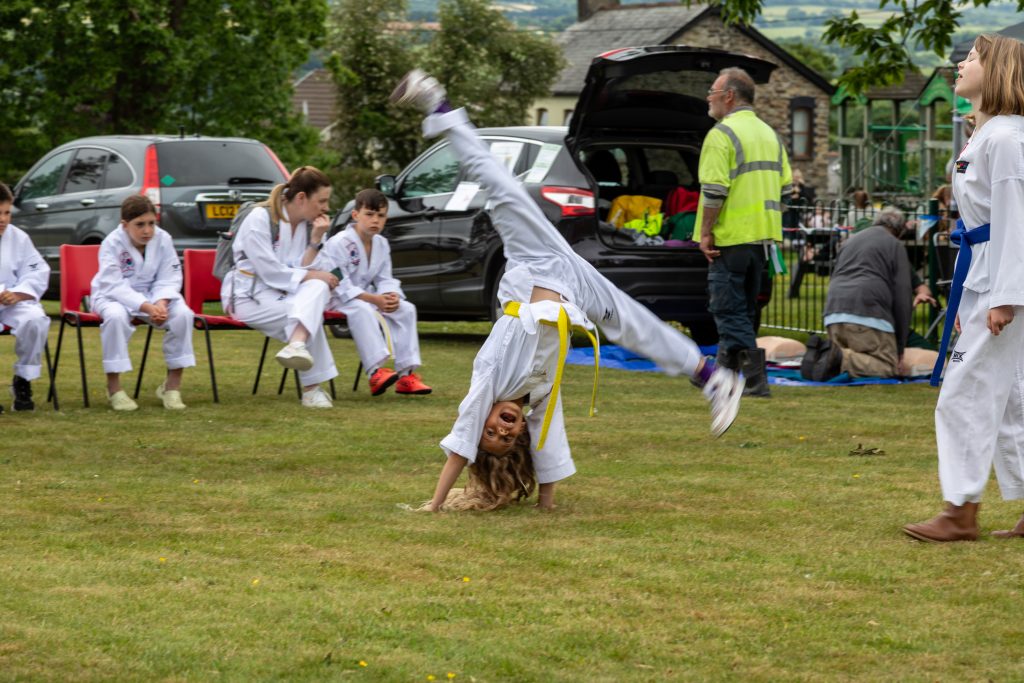
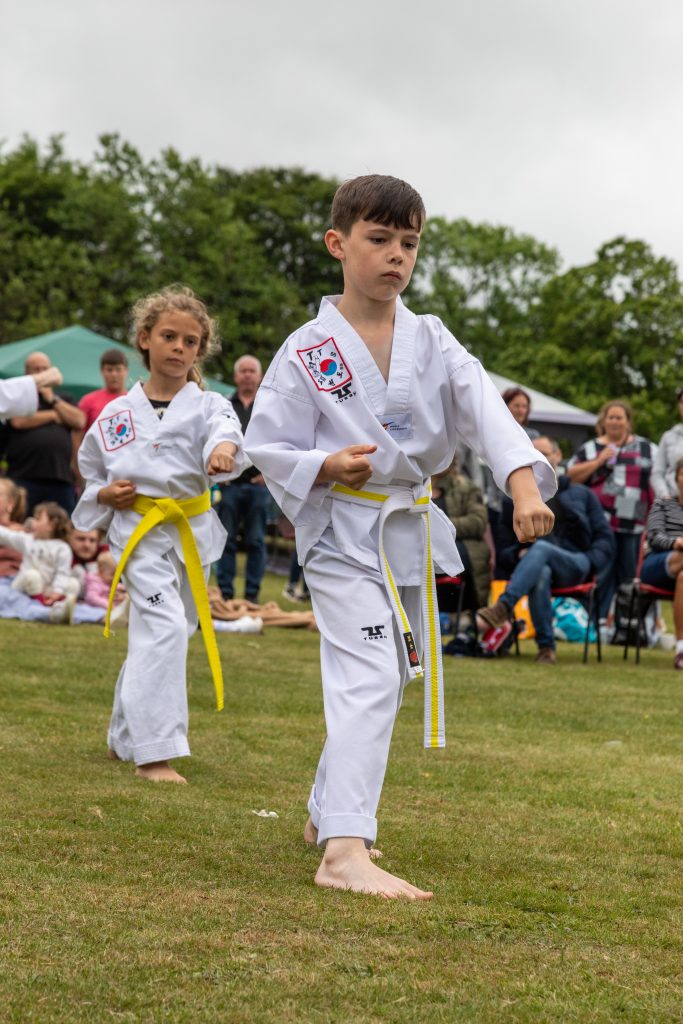
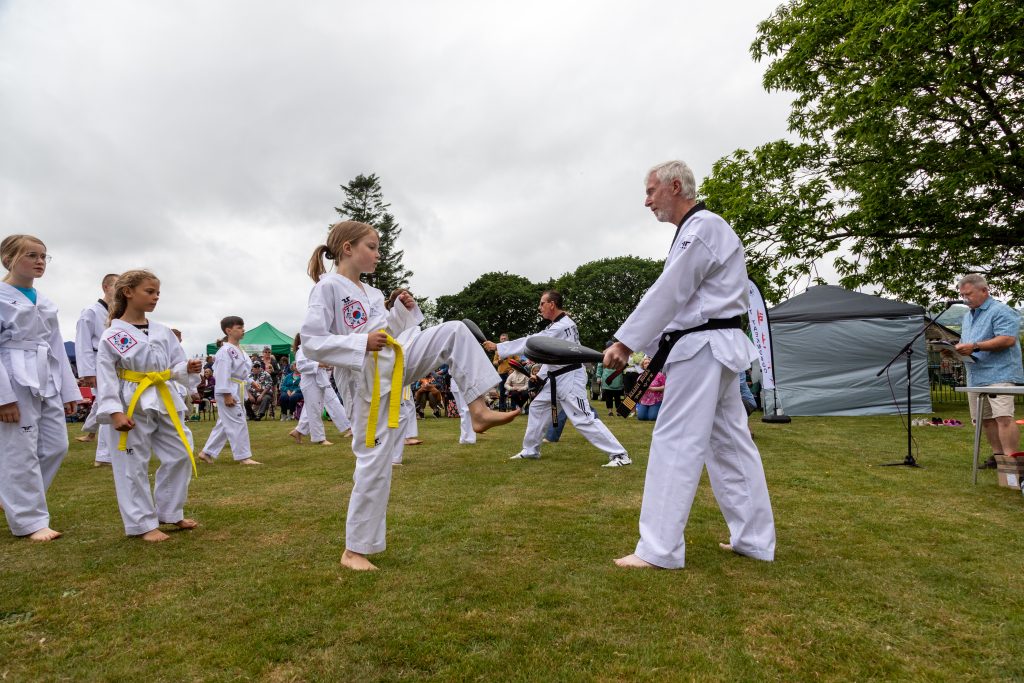
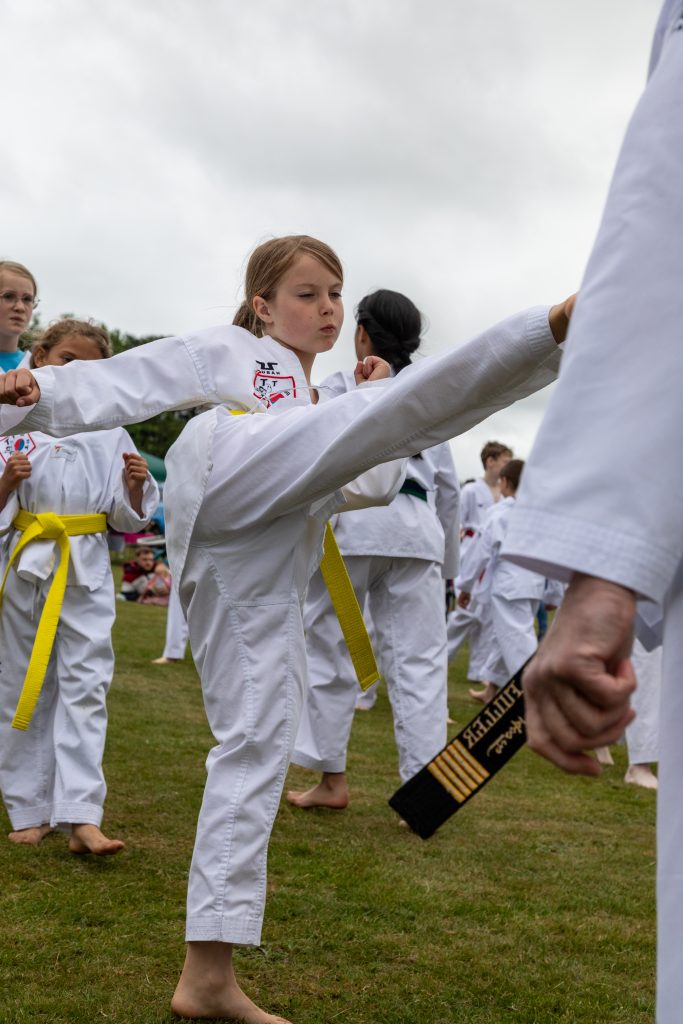
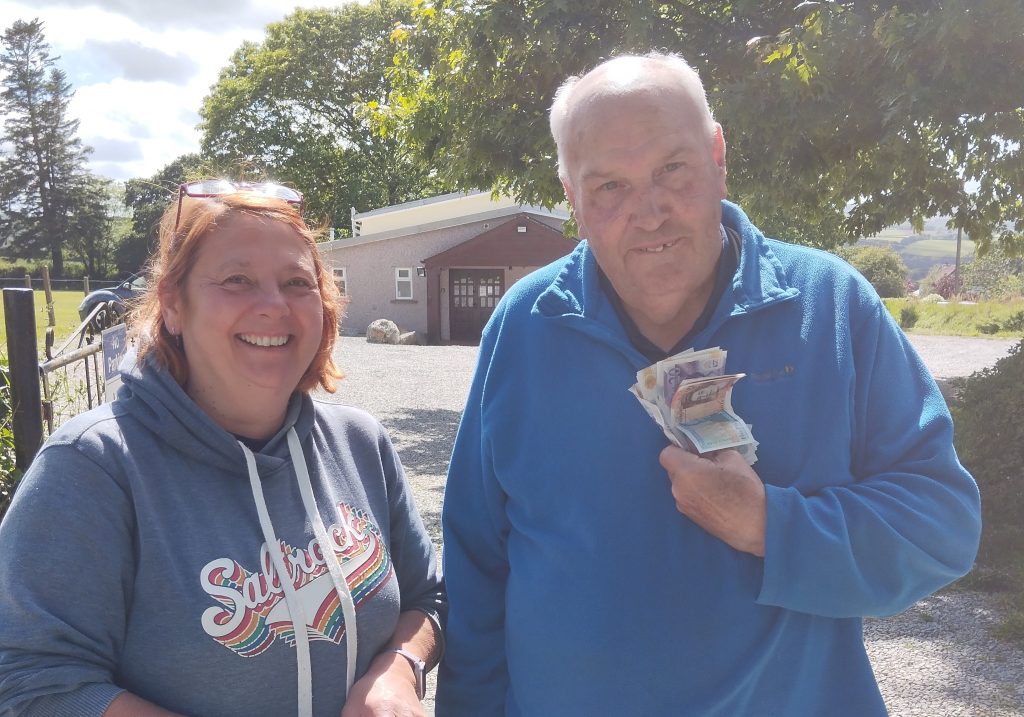
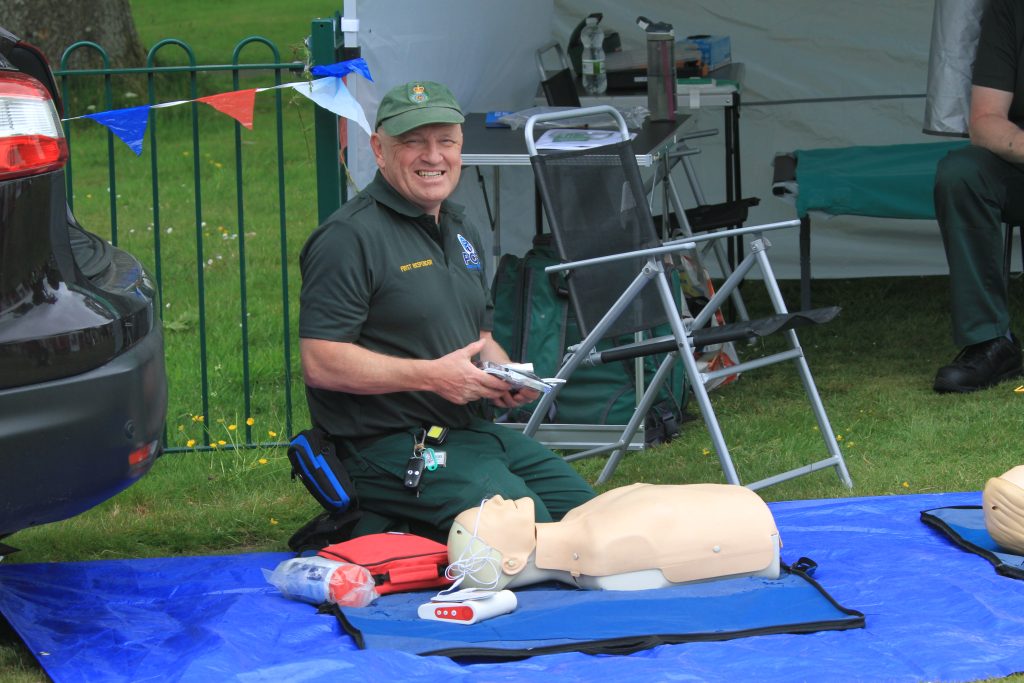
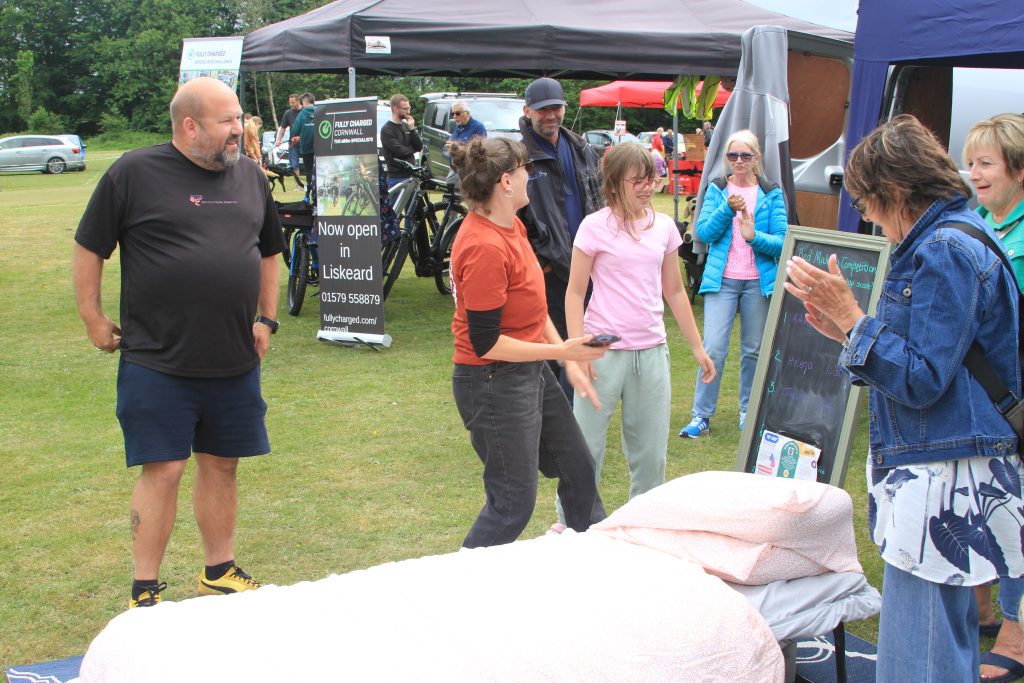

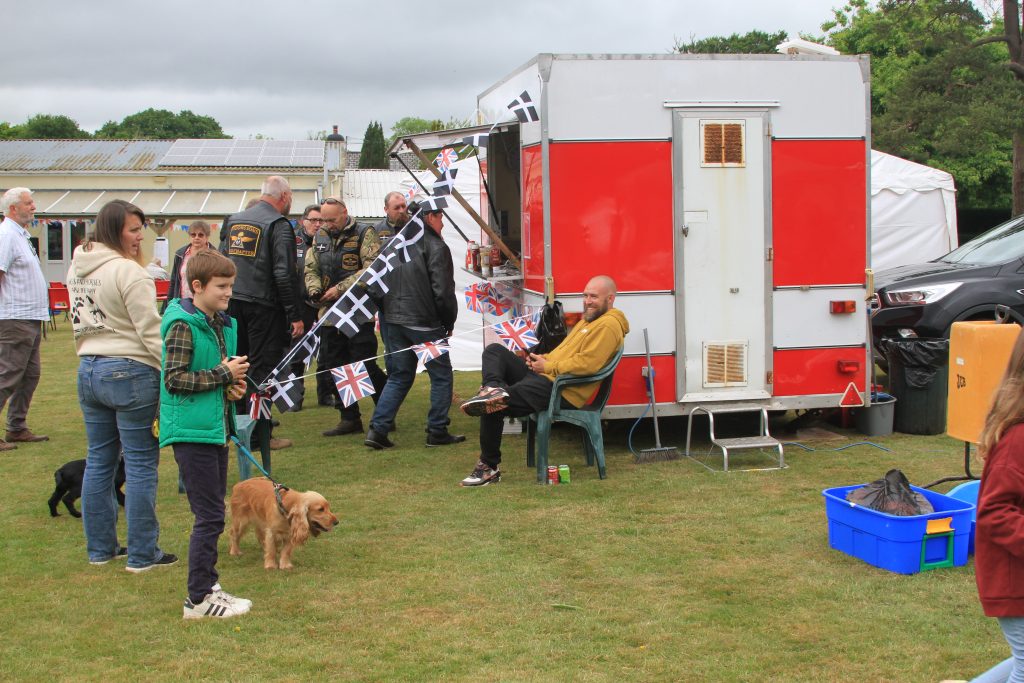
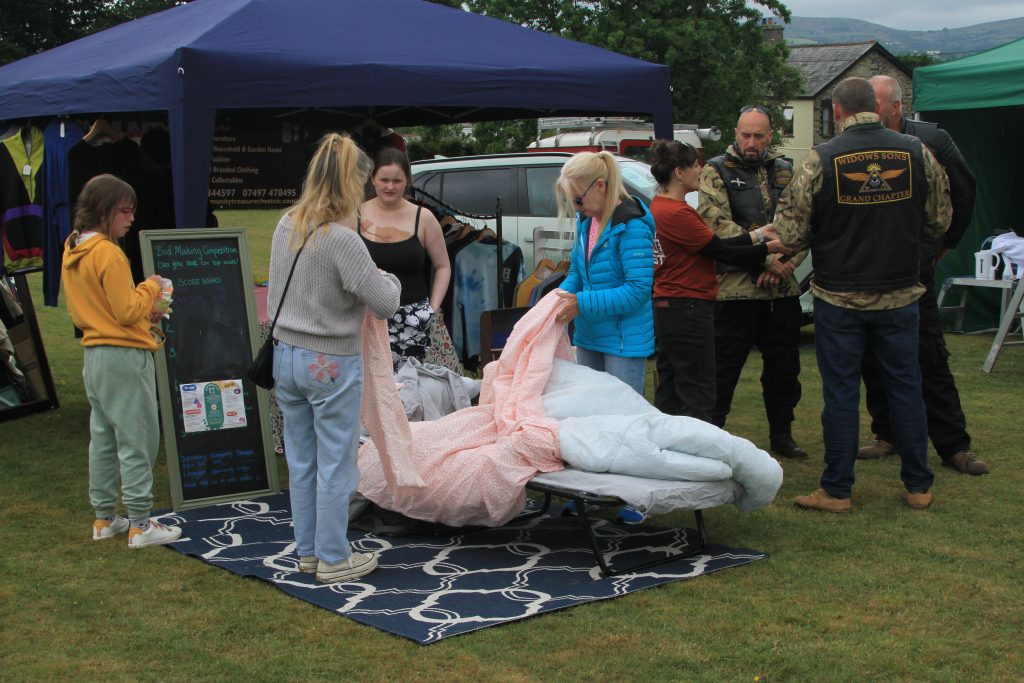
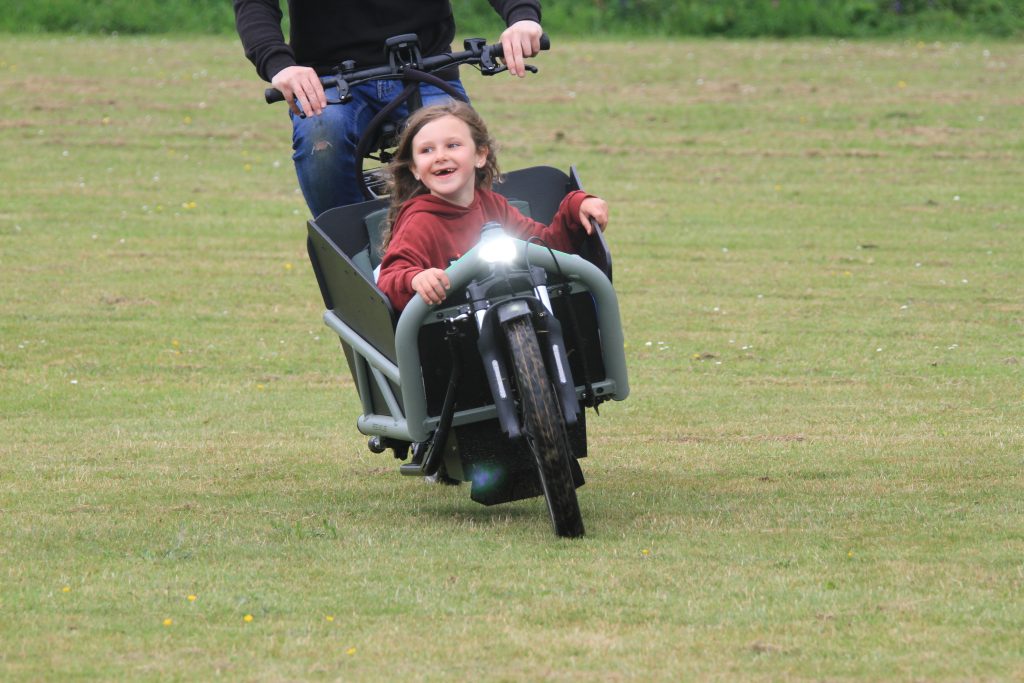

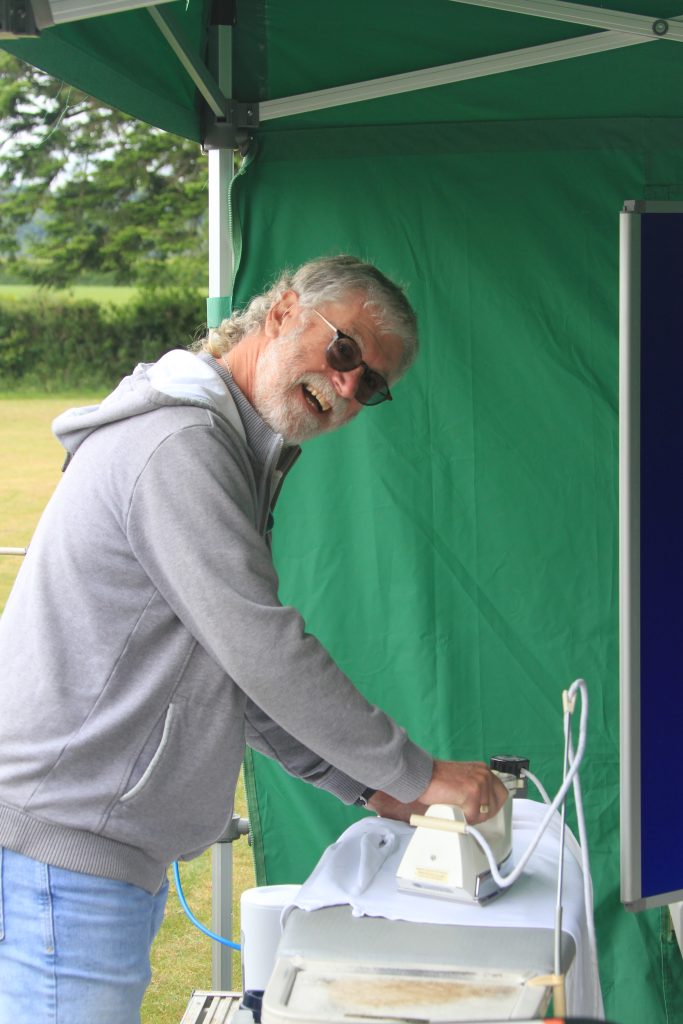
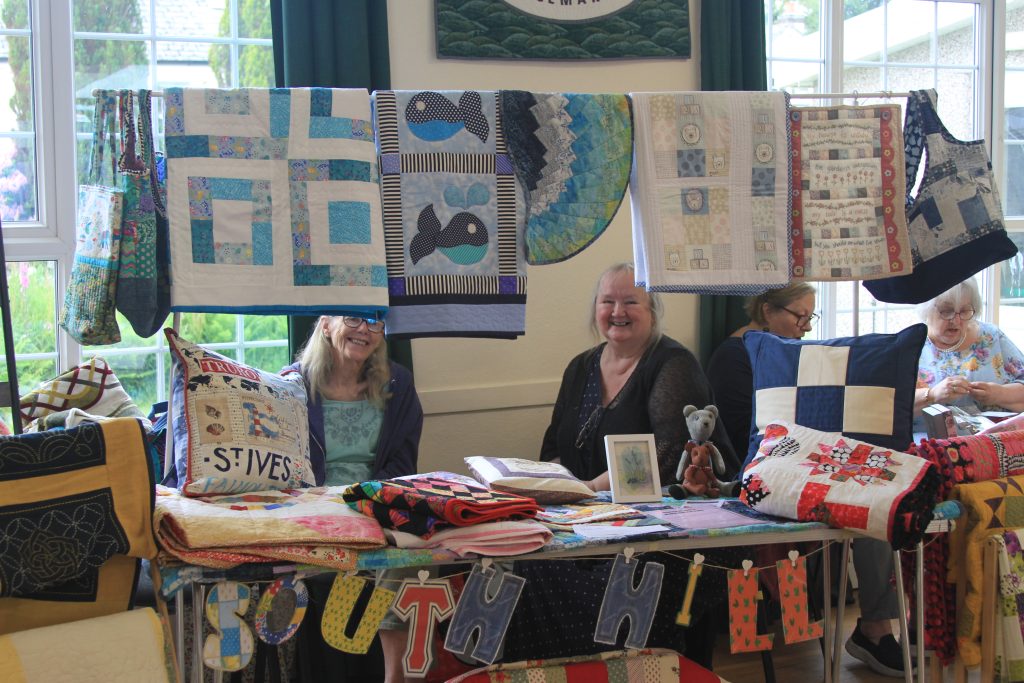
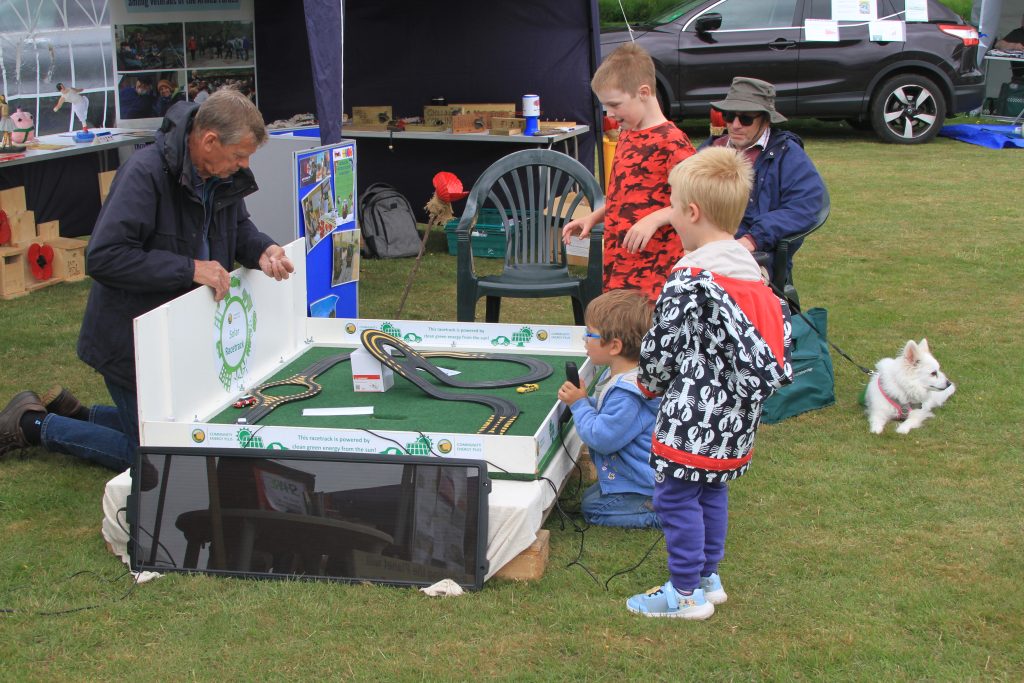
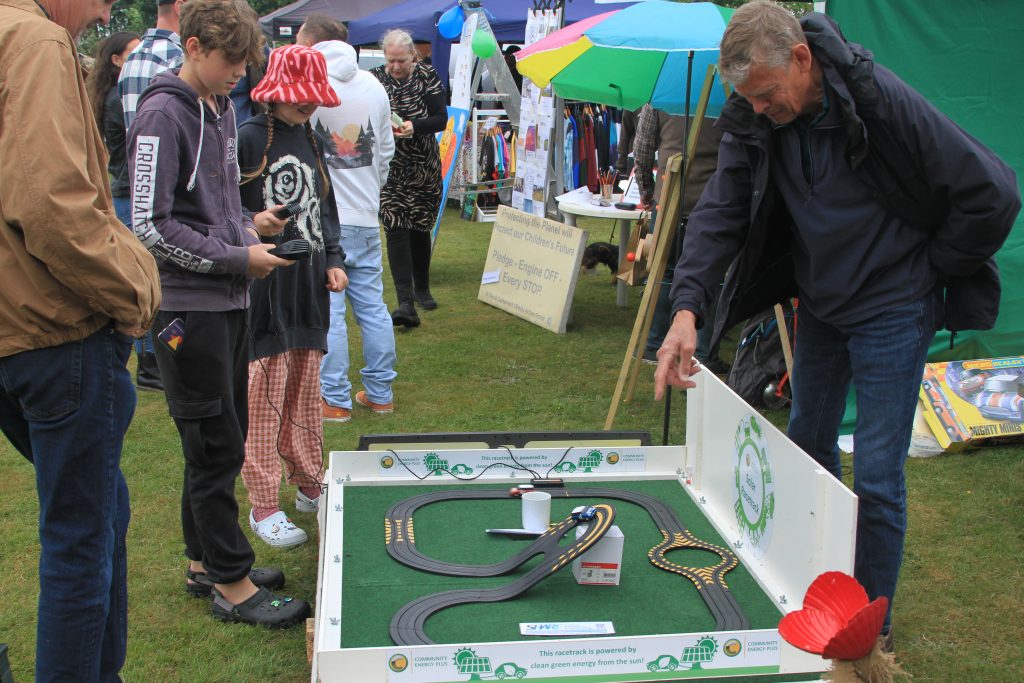

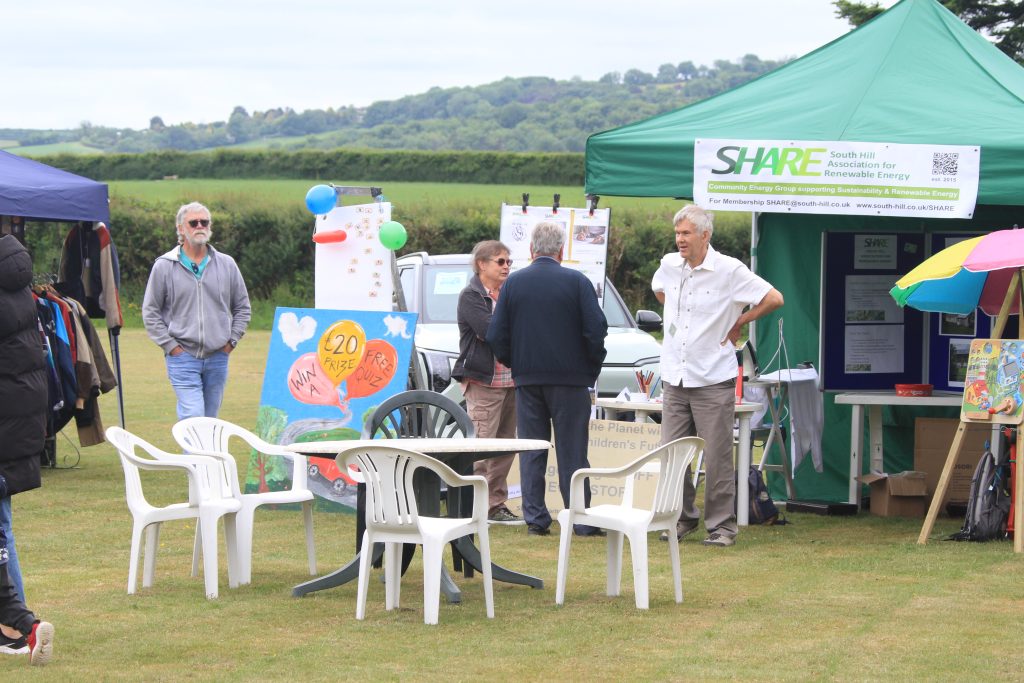
THANK YOU… Mel P, Richard S and Peter T for the photos….. if you have others to share with us please email editor@south-hill.co.uk
I’d love to see any of the 3 bands CODE RED, ROCKAHOLICS and THE METS and The Dog Show gazebo from Camelot Kennels THANK YOU.